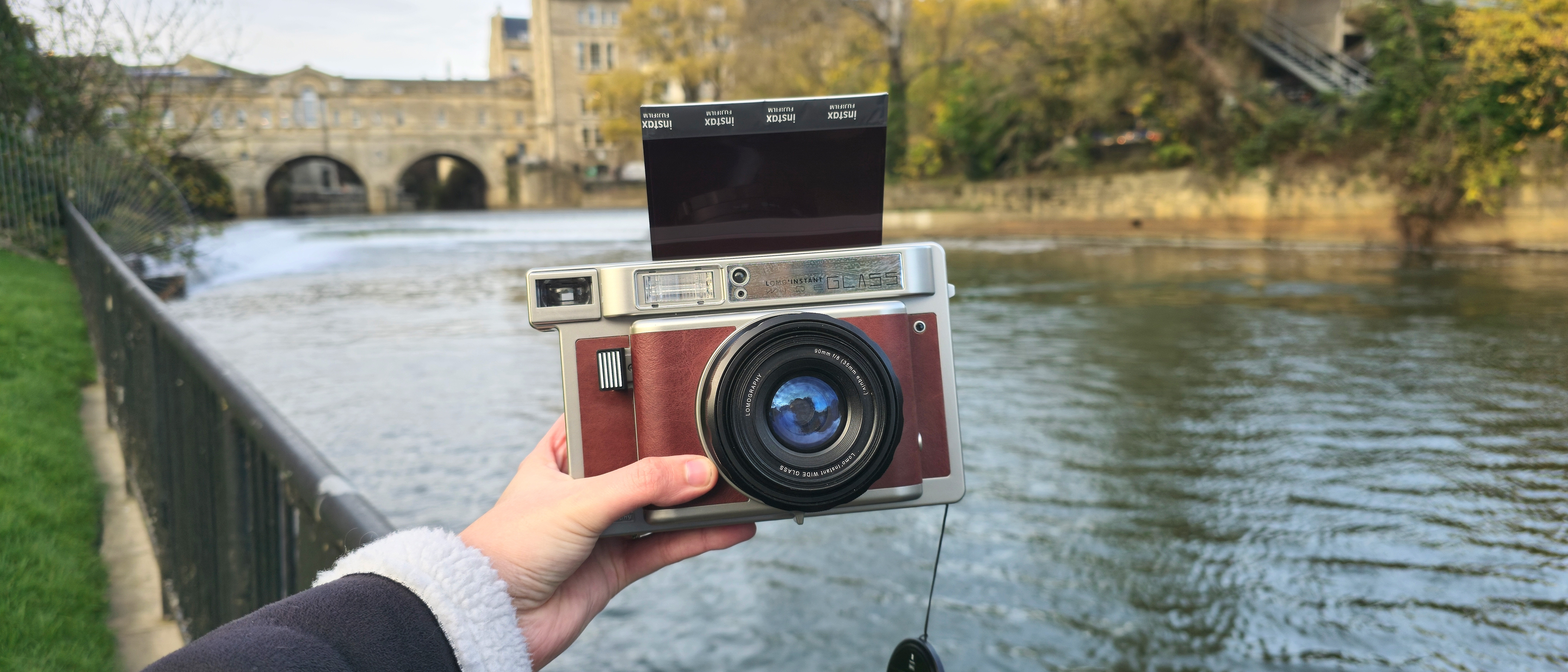TechRadar Verdict
The Lomo’Instant Wide Glass is a super-sharp instant camera that offers fun shooting modes and experimental accessories for those who like to get creative with instant photography. The design is gorgeous, and it has a lot of manual control options to help you achieve the shot you want, with exposure compensation, toggled flash, manual aperture, and bulb mode for long exposures. I really struggled getting to grips with the manual zone focusing, but once you get it right, the Lomo’Instant Wide Glass produces some of the best-quality Instax Wide prints I’ve seen. It’s reasonably priced, good value for money, and captures great wide-format images.
Pros
- +
Remote shutter lens cap
- +
Exposure compensation: +1/-1 EV
- +
Excellent value
- +
Multiple exposure and bulb mode
Cons
- -
Zone focusing can be tricky
- -
Selfies are a struggle with no mirror
- -
Flash is set to active by default
- -
Lots of vignetting
Why you can trust TechRadar
Lomo’Instant Wide Glass: One-minute review
Lomography has released an updated version of its popular Lomo’Instant Wide camera, with a new glass lens replacing the previous plastic one. The Lomo’Instant Wide remains one of the few and best instant cameras on the market that makes use of Instax Wide format film, but many Lomo fans will be glad that Lomography has listened to customer demand in launching the Lomo’Instant Wide Glass model. It's a direct rival to Fujifilm's Instax Wide 400 camera, which has also been given a modern upgrade and fresh design, (but which doesn't offer as much creative control).
The Lomo’Instant Wide Glass is being marketed as the sharpest instant camera on earth, and as a long-time fan of instant cameras, I was very eager to test this claim. Lomography sent me an early prototype of the Lomo’Instant Wide Glass for this review, and I've been hugely impressed.
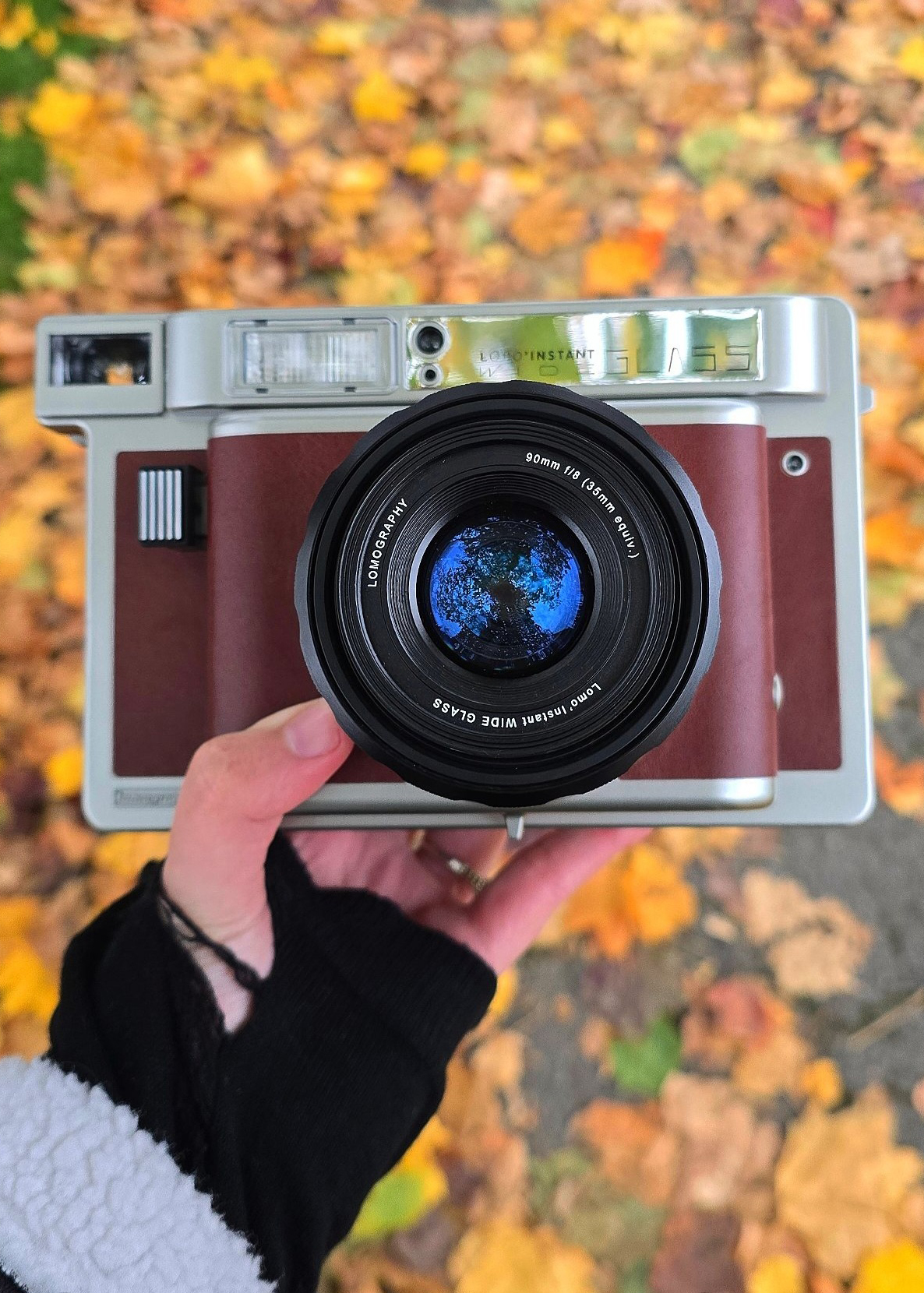
Lomography has made only very minor design tweaks with the new model, and it's easy to see why – if it ain't broke, don't fix it. I love the retro suitcase-style design of the camera, though it's a shame that it still has the offset viewfinder, which has been a bugbear since the original Lomo’Instant Wide was first released in 2015. This can cause issues with framing your subject, though the viewfinder parallax markers do help.
In short, this camera takes beautiful and sharp photos with the 90mm glass lens (35mm equivalent) when focused correctly. It allows for creative shooting with a multiple-exposure mode, flash control, exposure tweaking, and bulb settings, while accessories like the splitzer and colored gels add to the instant fun. The remote-shutter lens cap is genius (just be careful not to accidentally trigger it), and the camera can be used in a studio setting too with external flash thanks to the PC sync port and tripod mount.
Lomo’Instant Wide Glass: Price and availability
The Lomo’Instant Wide Glass is available for $279 / £249 / AU$299, which I think is a very reasonable price given the image quality it produces and its gorgeous design – I'd buy this camera purely for it to sit on my camera shelf.
It's more expensive than Fujifilm's recent Instax Wide 400 model ($149.99 / £129.99 / AU$229.99), but isn't quite as premium-priced as other wide-format glass competitors like the Polaroid I-2 ($599 / £599 / AU$1,099), which uses i-Type film, or even the Mint InstantKon RF70 (approx $900 / £999 / AU$1,200), which has been considered for some time as the GOAT of instant cameras (sorry).
Anyone who's looking to buy an instant camera should know that film costs are still quite high, and you aren't guaranteed the same quality that you get with one of the best cameras for photography, or even from using a camera phone in most cases. Instant photography should be more about experimentation and having fun, rather than outright image quality. That said, Instax Wide film is one of the more affordable formats, and it's also very accessible and easy to source for most people.
Lomo’Instant Wide Glass: specs
| Film Type: | Fujifilm Instax Wide film |
| Print size: | 62mm x 99mm |
| Lens: | 90mm focal length (35mm equivalent) Thread size: 52mm |
| Focus range: | 0.3 m, 0.6m, 1-2m, infinity |
| Shutter Speed | Bulb mode (up to 30 seconds), auto mode from 8s to 1/250s |
| Aperture: | f/8 or f/22 aperture |
| Connectivity | PC sync port, tripod mount |
| Weight: | 907.2g |
Lomo’Instant Wide Glass: design
- Lots of manual controls
- The built-in flash can be on/off
- Viewfinder is a bit of a mess
The design of the Lomo’Instant Wide Glass is one of my favorite things about it. I've seen some pretty ugly instant cameras come to market in the last few years, *cough, Instax Wide 400*, but I love the retro-style design of this Lomo, and the glass lens makes it look much more premium than its predecessor.
It's easy to see why Lomography hasn't changed much in the way of design from the Lomo’Instant Wide to the new Wide Glass model. Although, I did question why the selfie mirror has disappeared from the front of the camera with this latest model. I asked Lomography for some clarification, and a spokesperson told me: "We developed this camera more for professional, studio use in mind and less so for selfie shooting, which is why we didn't feel the need for this feature in this instance."
It's a fair point, and the camera does admittedly look much smarter without it. I managed to still take a selfie with this camera despite the lack of a selfie mirror, which you can see in the sample images section, and I'll talk more about how I captured it in the performance section below too.
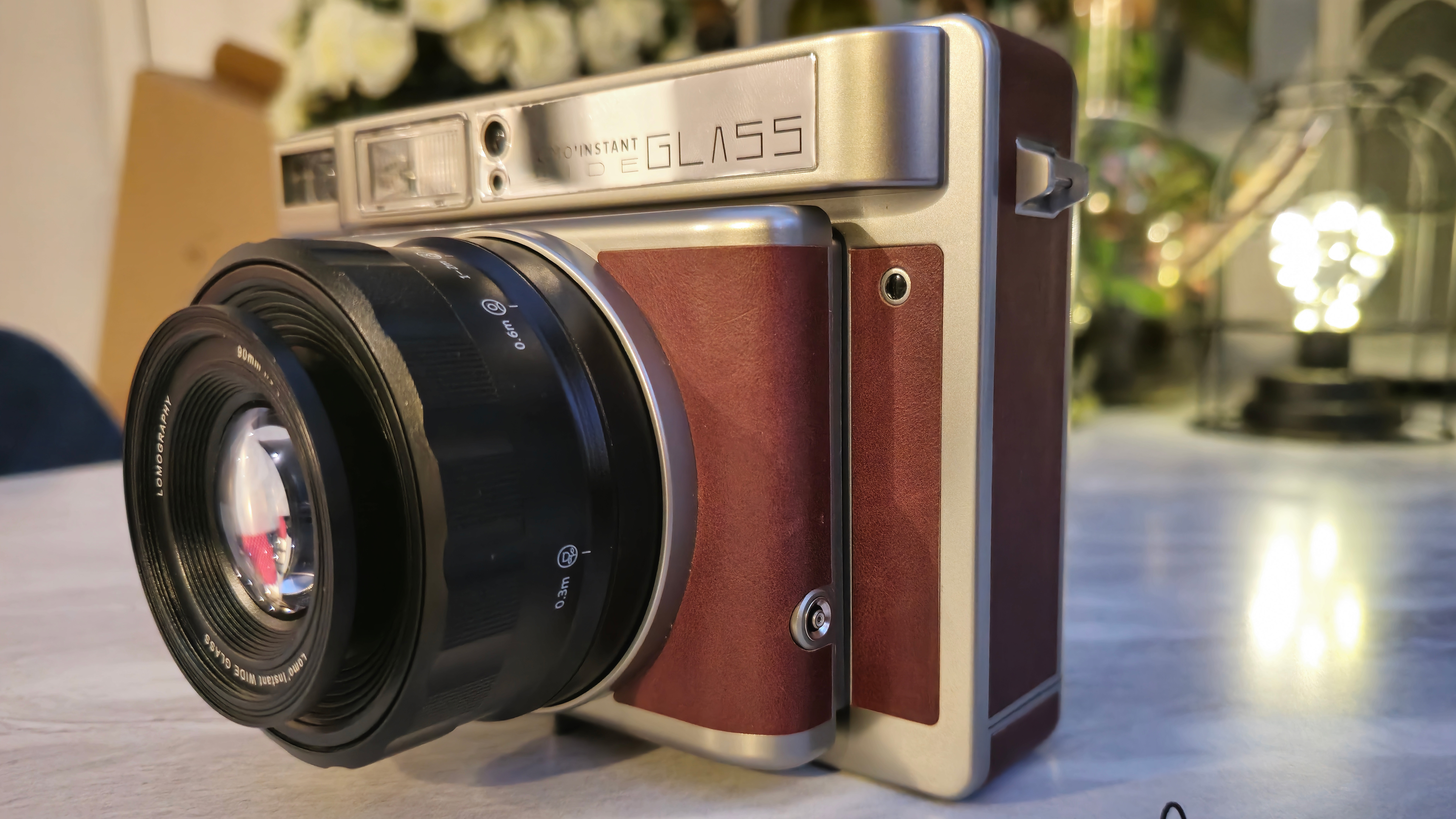
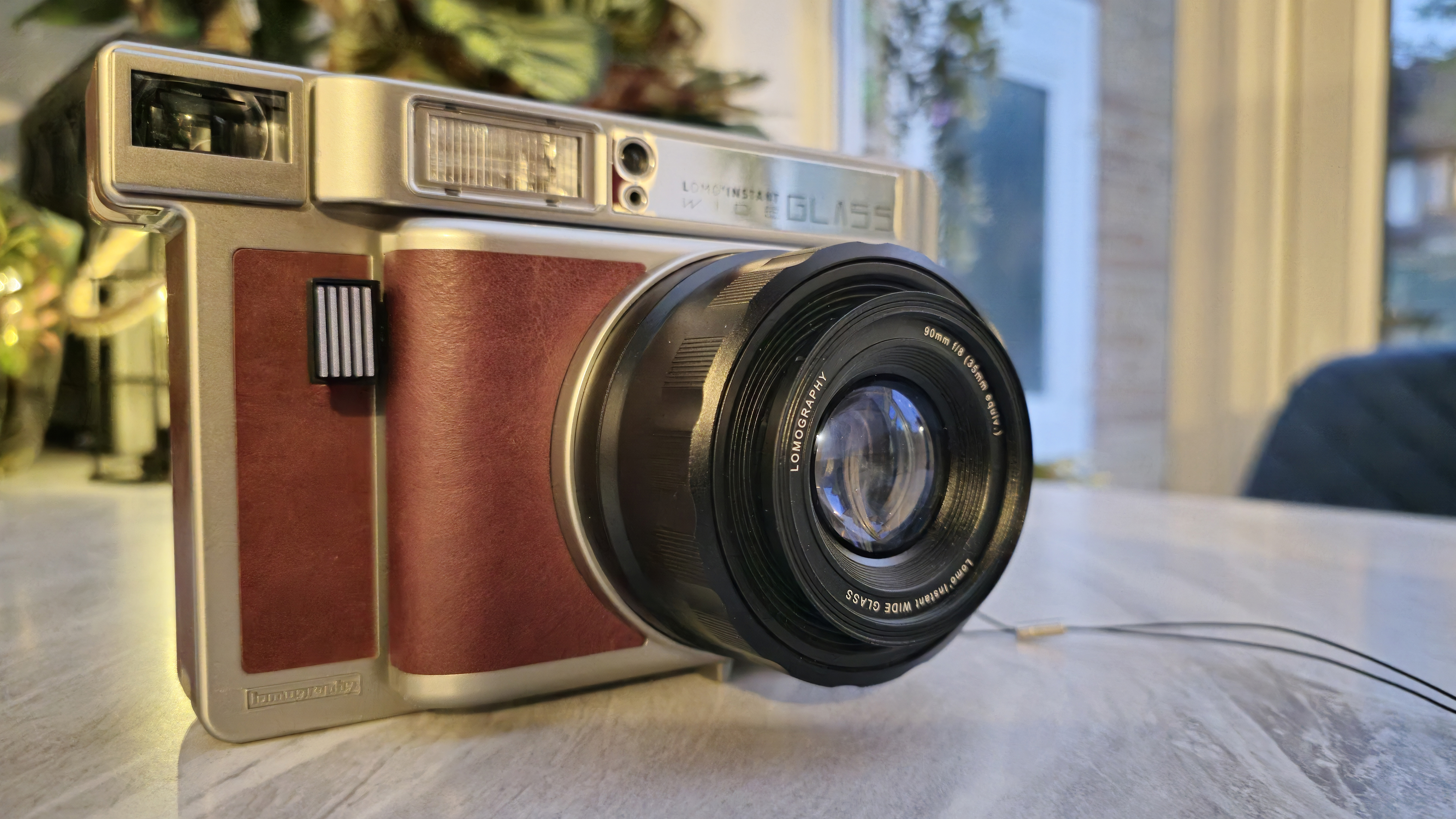
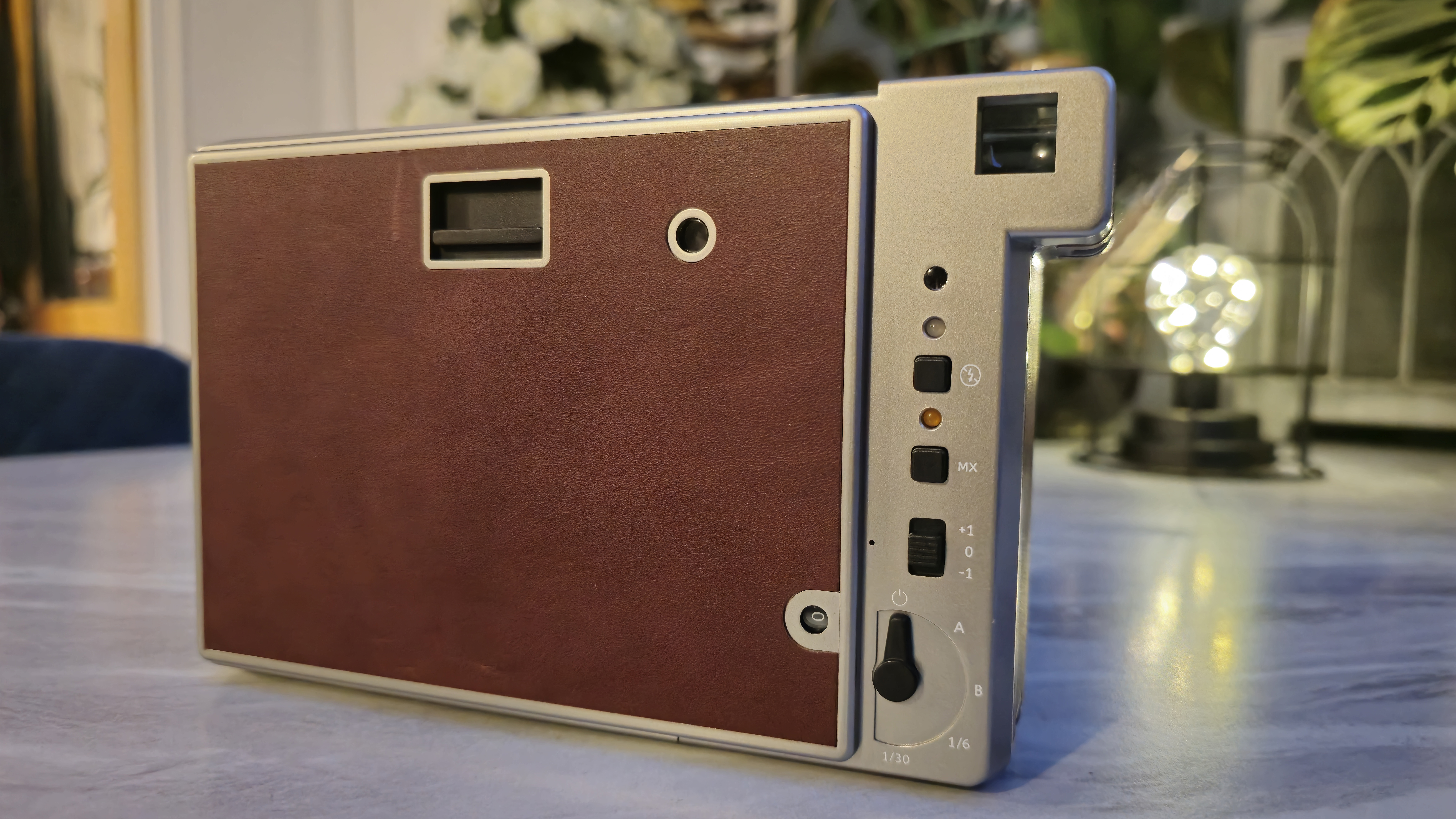

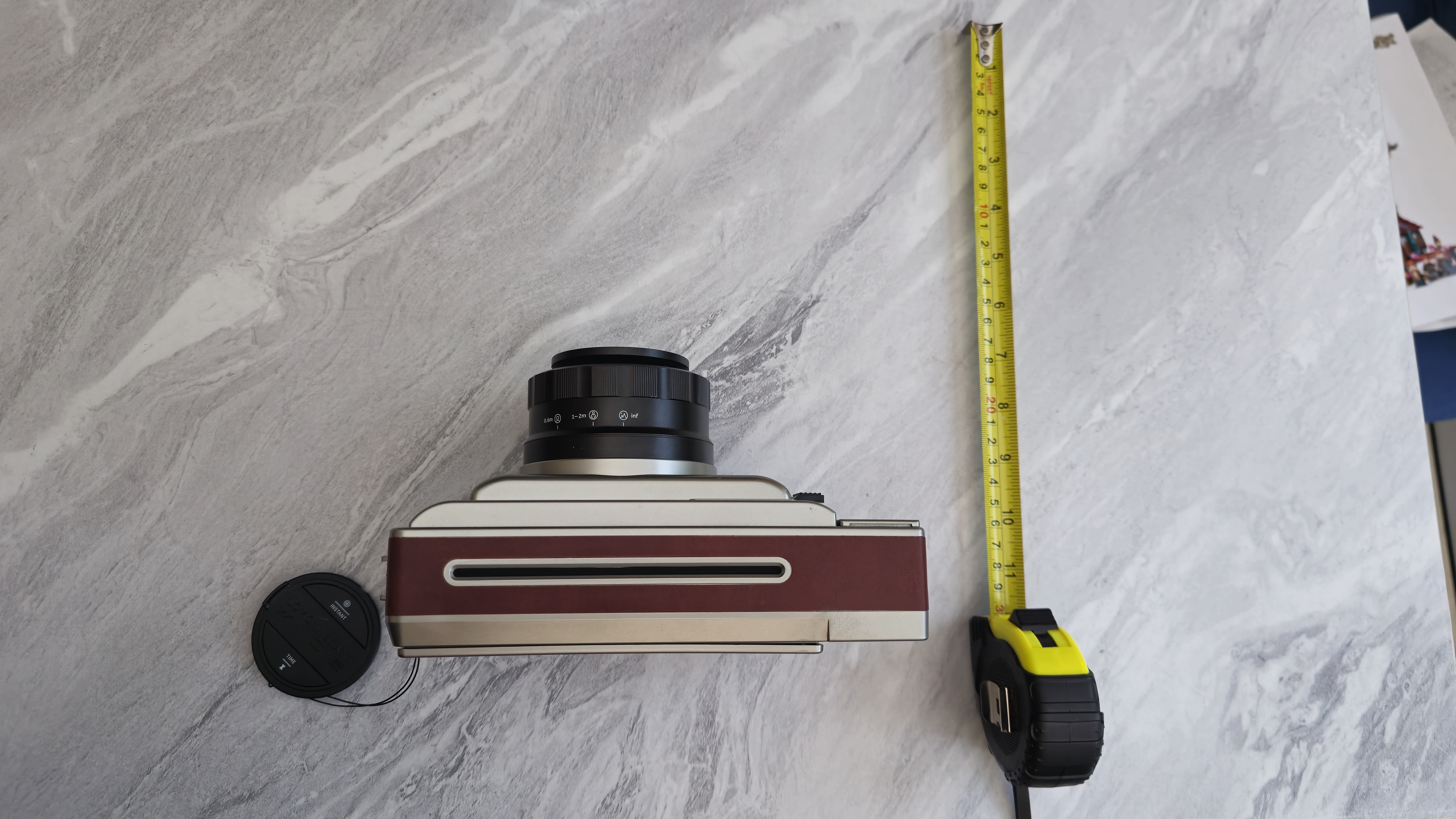
In terms of build quality, the Lomo’Instant Wide Glass does have a fair bit of weight to it, and it feels incredibly sturdy and premium thanks to the metal lens barrel and glass element. There are two buttons on the back of the camera, one for toggling the flash and the other for multiple-exposure mode, plus a switch for selecting the level of exposure compensation and a dial at the bottom for selecting modes.
I think it's great that the flash can be turned on and off, although be aware that it's always-on by default when you turn on the camera, so if you don't need it remember to turn it off once you're ready to shoot. There are two LED lights above the flash button, one to let you know when the flash is charged (it will light green or blue) and another to tell you it's on.
The shutter button is the striped rectangular button on the front of the camera, and I love that it not only looks cool but has a nice clicky feel to it. The viewfinder is a bit of a mess, though. I often had to triple-check that what I could see through the viewfinder actually lined up with the direction in which the lens was pointing. Inside the viewfinder there are close-up frames to help you compensate for parallax and get a more accurately composed shot, but you still need to keep an eye on this.
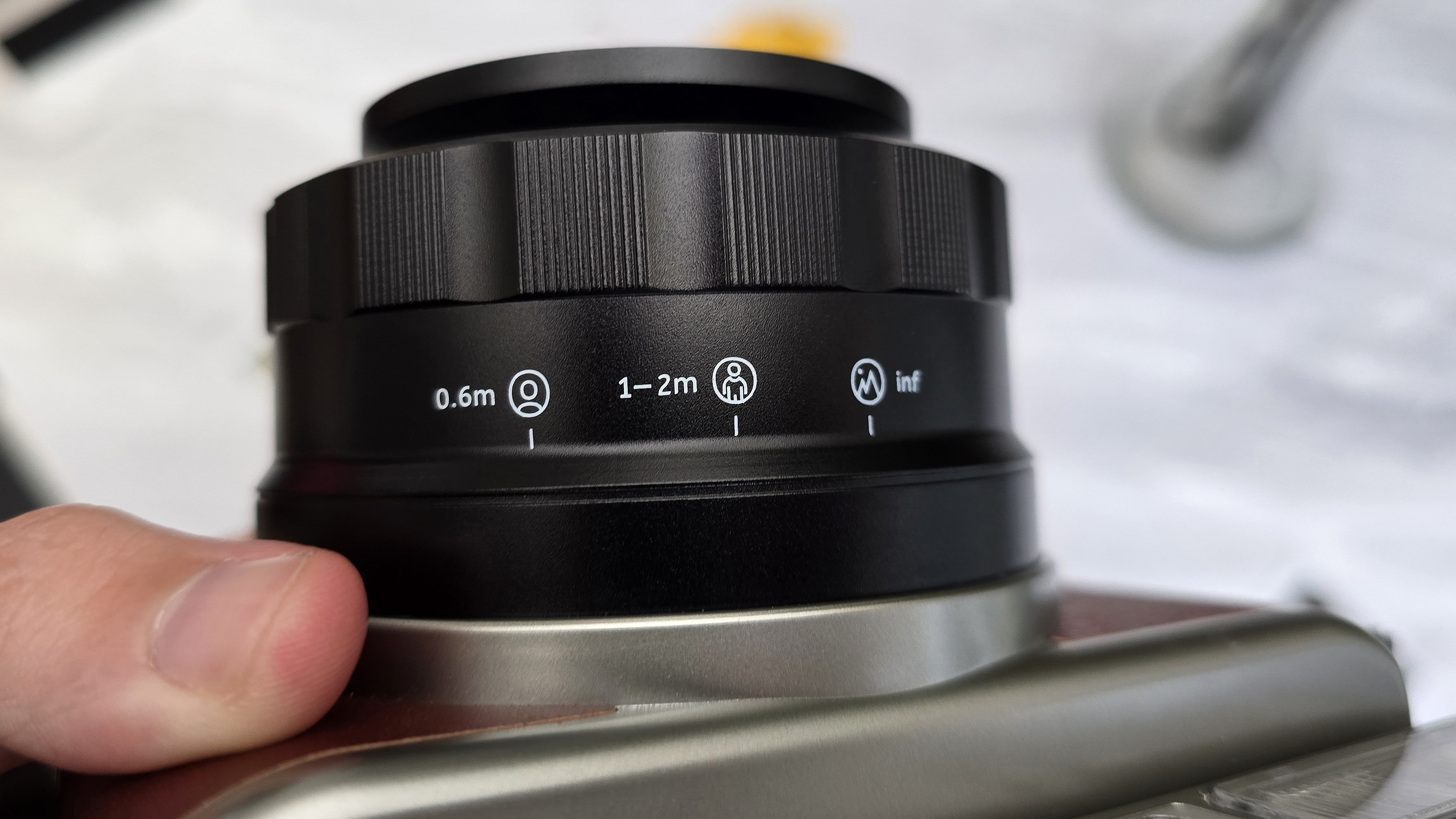
The only real gripe I had with the design in terms of handling was the lack of grip, and the width of the camera, which made it hard to carry around at times (Lomography doesn't include a camera strap accessory with this camera, and I didn't have a spare). I understand that instant cameras, and especially wide-format ones, tend to be on the large side, and this is something that can't really be helped.
I found it slightly annoying that the print counter on the back of the Lomo’Instant Wide Glass counts up from 1 to 10 once a new film had been loaded, and that when it shows 10 that means you have one print left to shoot. I'm used to instant cameras counting down from 10, so this took some getting used to.
However, I really like that Lomography included another little window on the back of the camera for you to see the yellow stripe on the film cartridge, as a quick way to tell if film is loaded. Not many film cameras I've used have this, and it's a nice touch.
Lomo’Instant Wide Glass: Performance
- Can capture super-sharp shots
- Selfies and portrait shots are tricky (use a tape measure)
- Remote shutter-control lens cap
Testing the Lomo’Instant Wide Glass was my first experience of using a Lomography camera, and it took me some serious trial and error to get used to the zone-focusing modes for close-up shots. There are four zones – 0.3 m, 0.6m, 1-2m, and infinity – and you can switch between these by twisting the lens. The original Wide’s closest focus zone is 0.6m. I've used manual instant cameras before, like the Instax Mini 99, and had no issues. So I'm not sure why this particular Lomo camera was so tricky to shoot with – maybe it's just me.
I ended up wasting a ton of film during the testing process with the Lomo’Instant Wide Glass, but I learnt plenty. Pro tip: take a tape measure with you on shoots if you want to gauge the exact distance from the lens to your subject, and measure from the film eject slot, and not from the front of the lens.
Lomography says it plans to release an official camera strap with distance markers soon, to help with assessing the distance for zone-focusing, and this will be available from the Lomography online shop (it's not available at the time of writing).
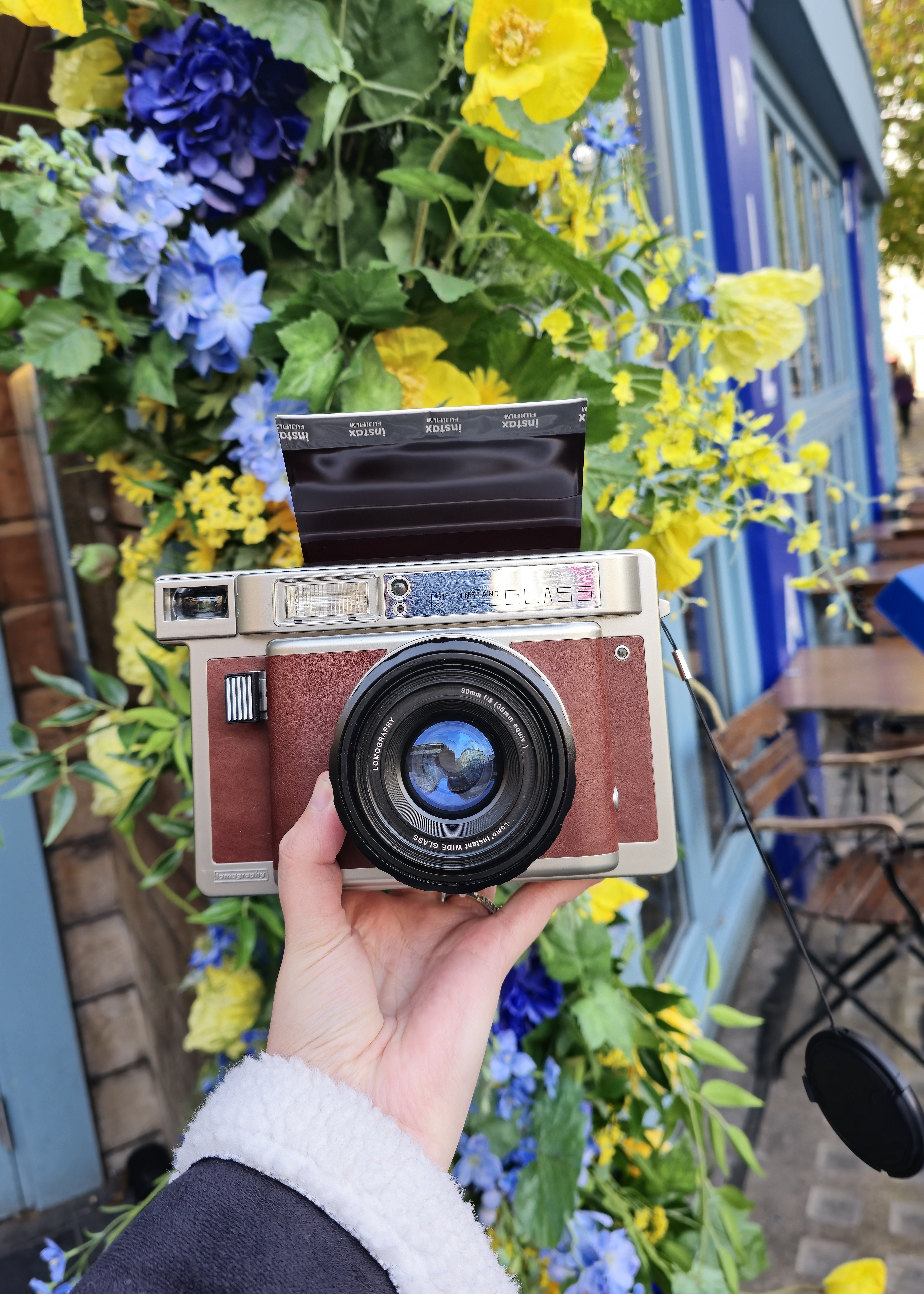
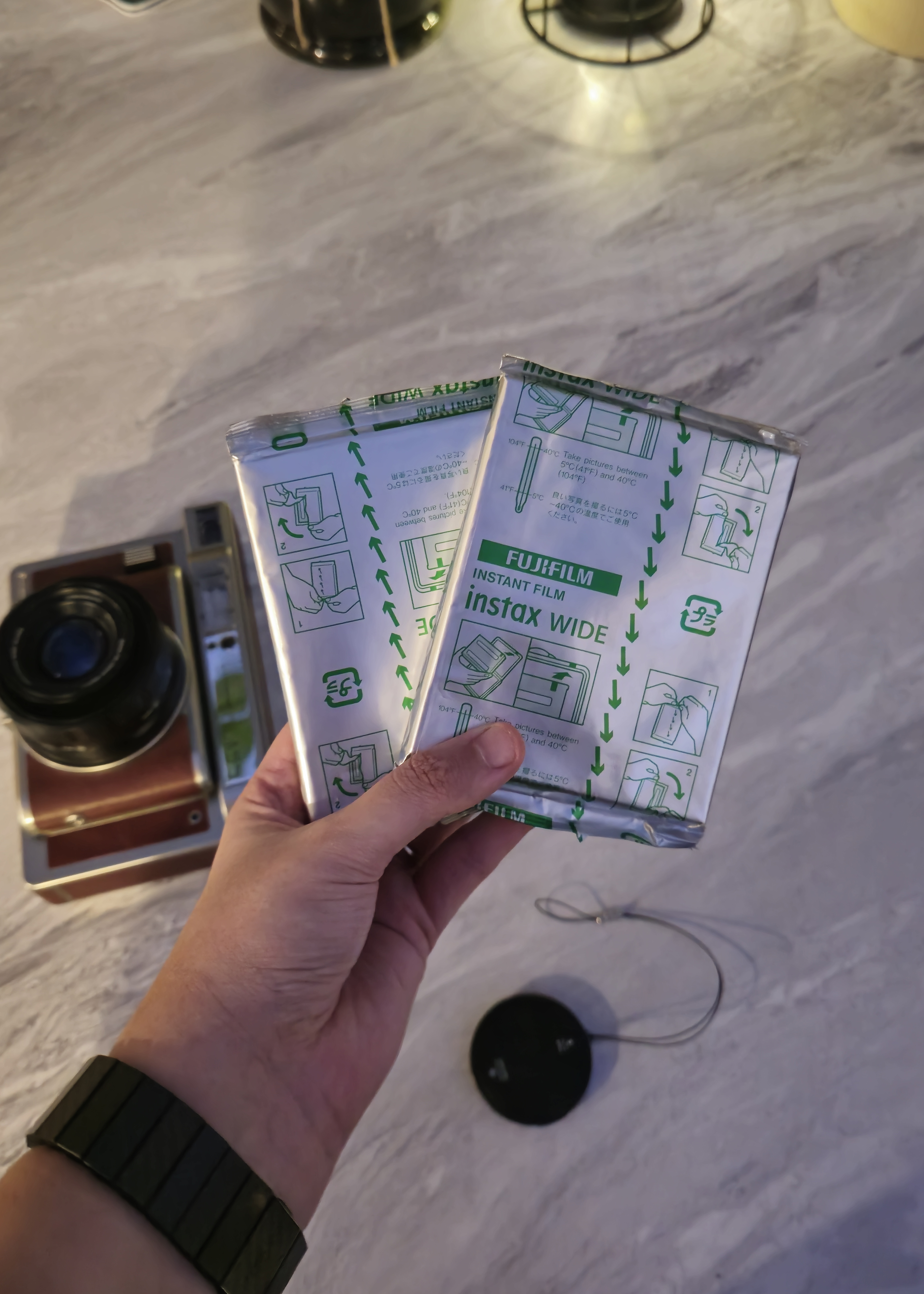
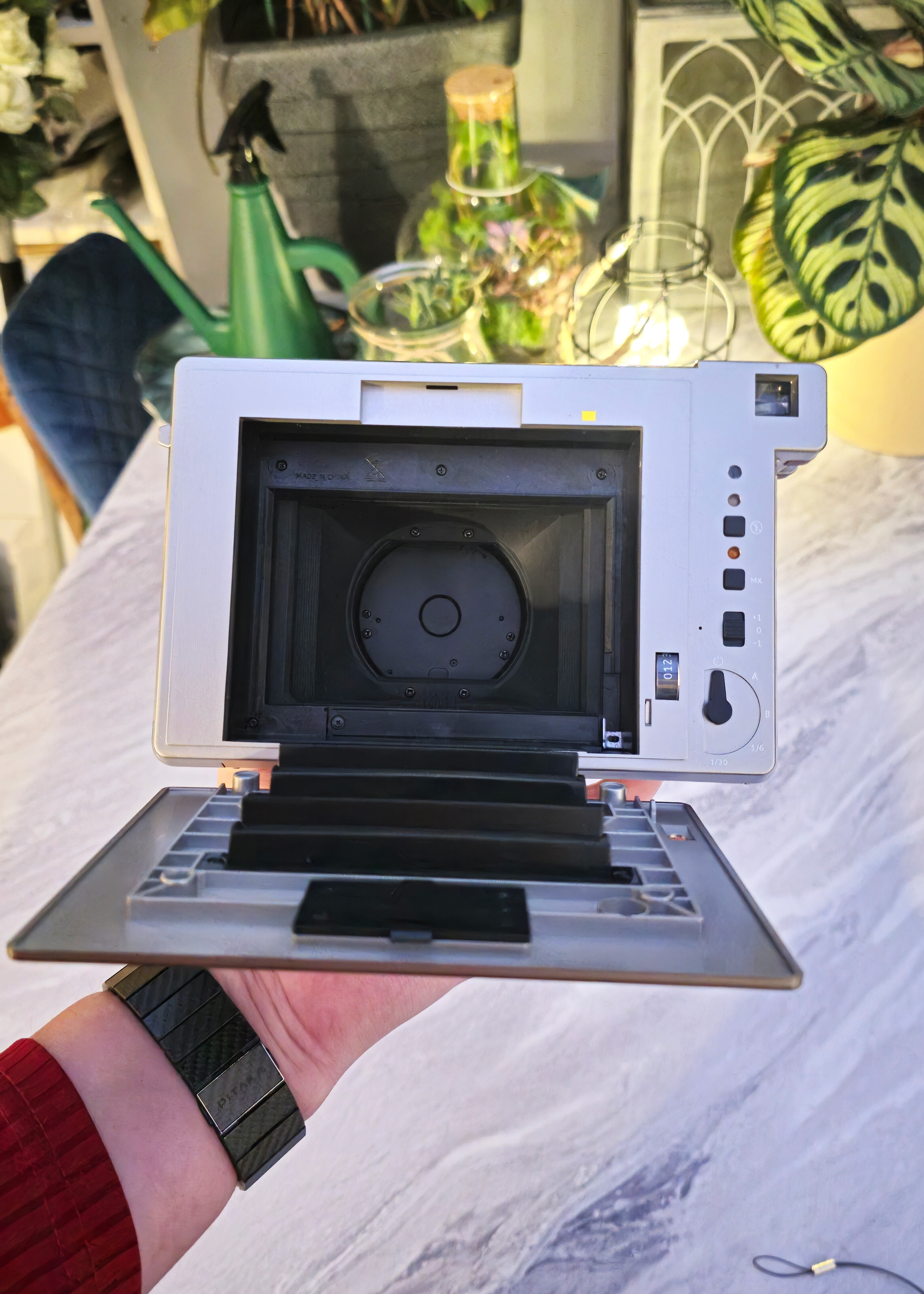
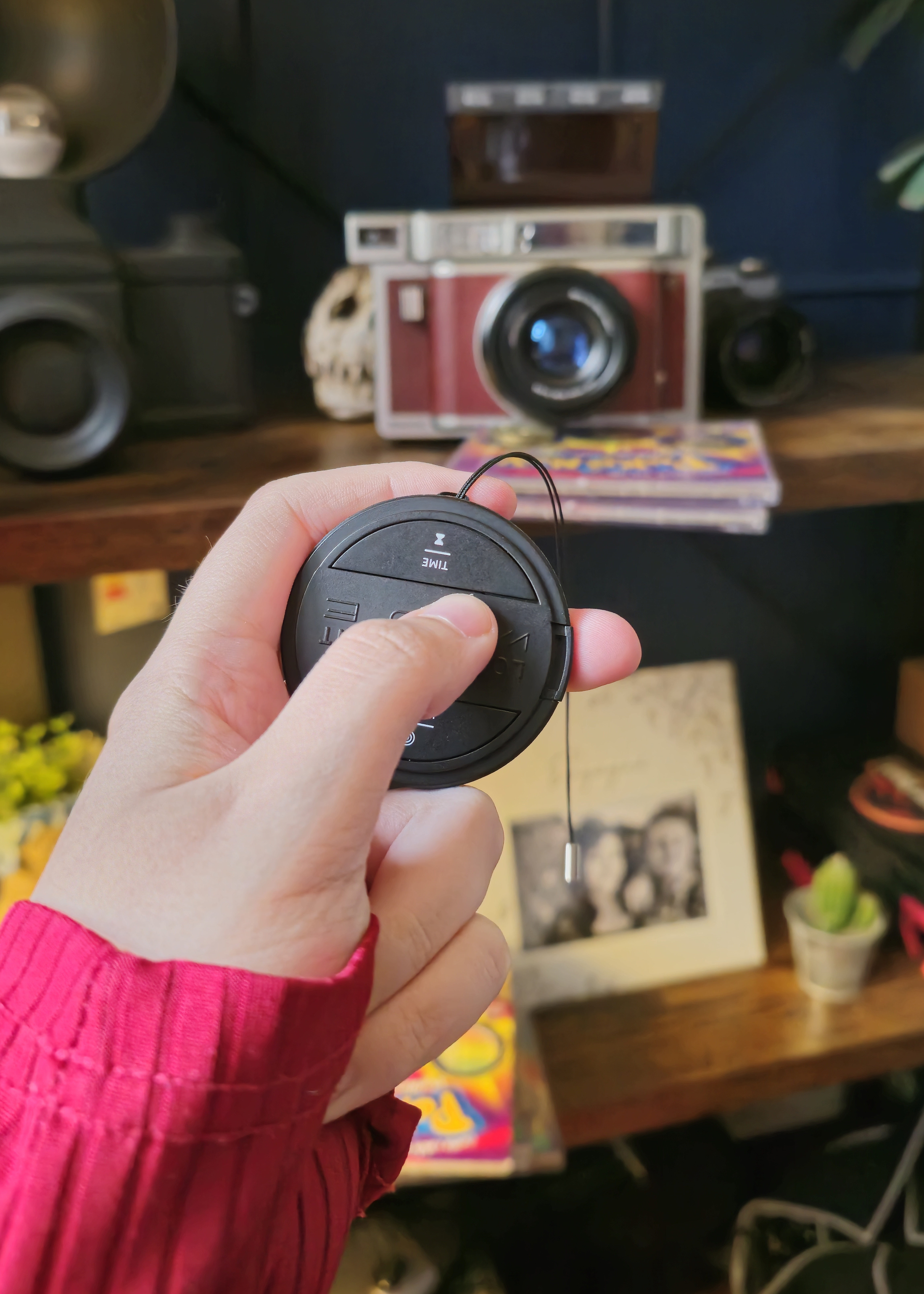
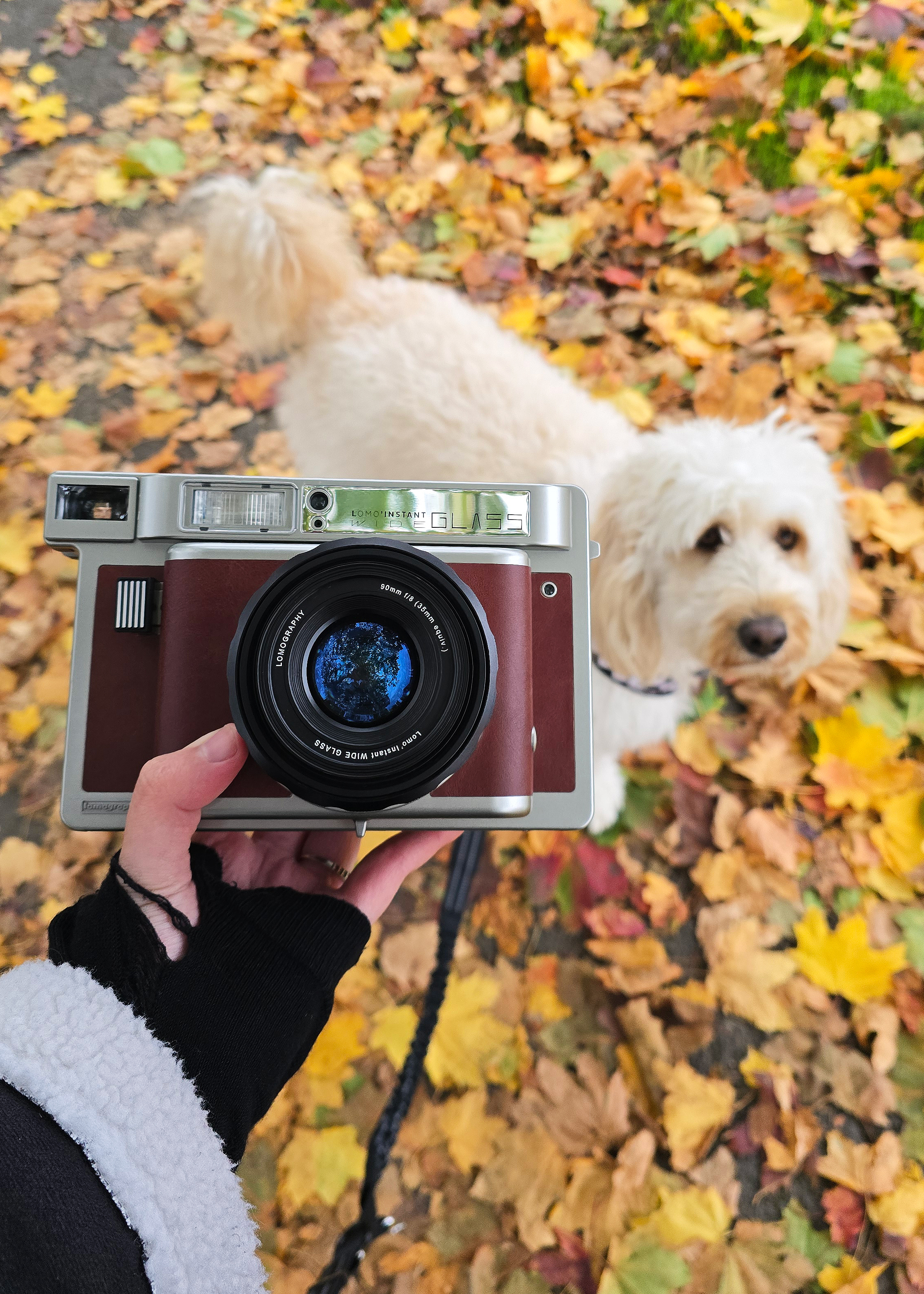
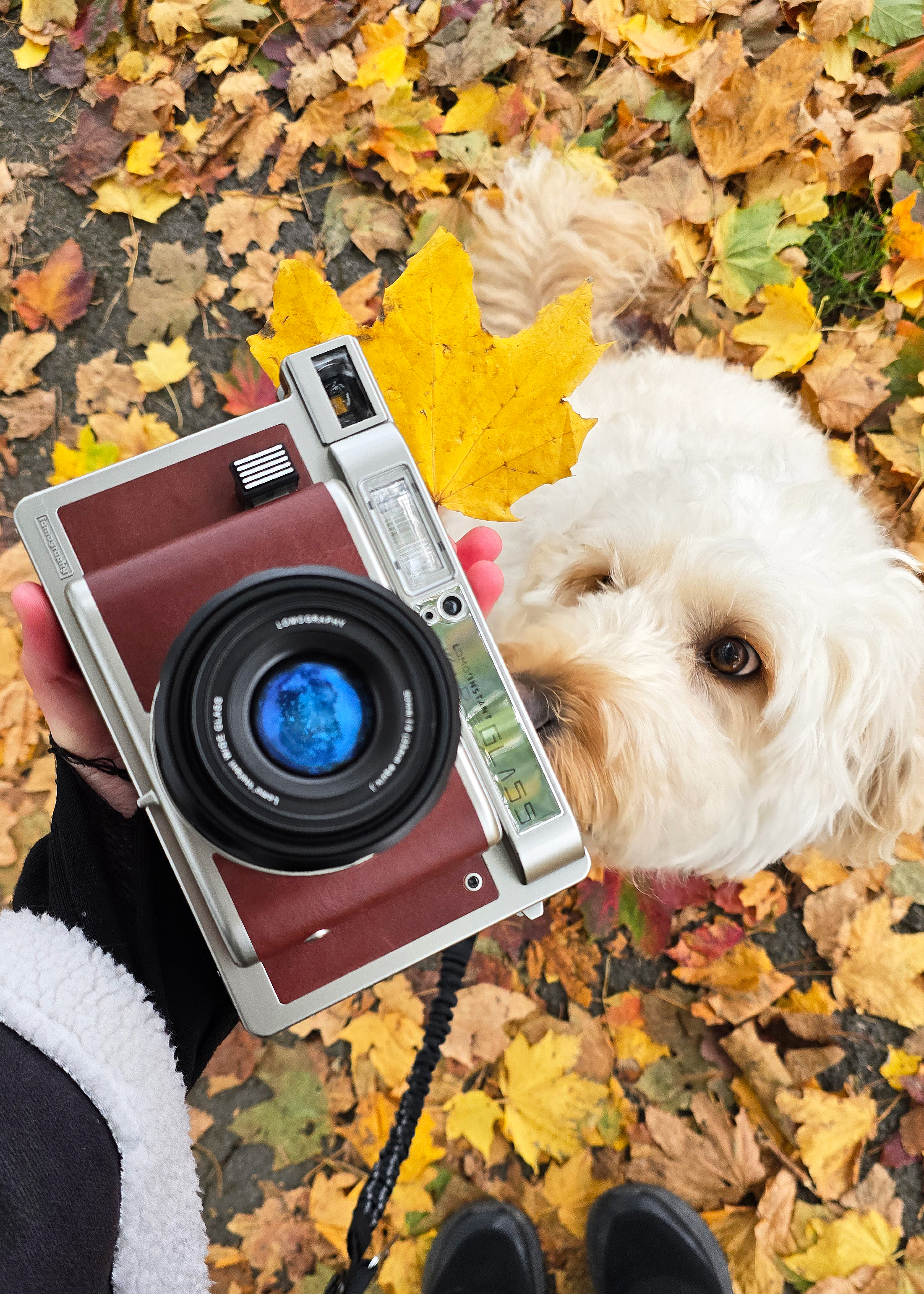
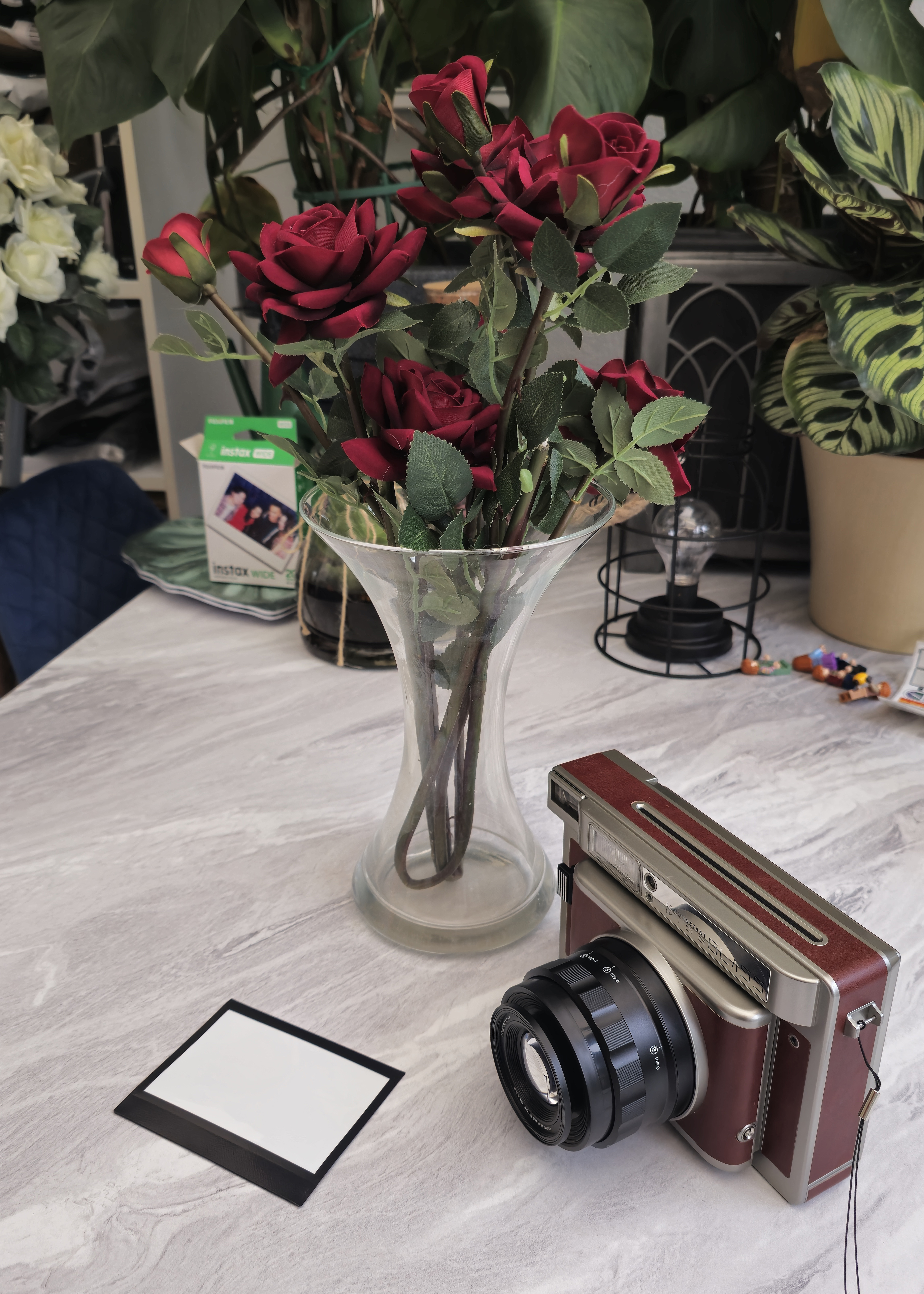
Speaking of accessories, the Lomo’Instant Wide Glass comes with possibly the coolest camera accessory I've ever used: a remote shutter-control lens cap. You just need to put in 1 x CR2025 (3V) battery, and you can click one side of the lens cap to act as a remote shutter, while the other side offers an additional button with a timer feature. It works really well, although you do need to be relatively close to the camera for it to pick up the signal, as I found when using it to take a selfie in 0.6m mode.
The Lomo also comes with colored gel filters to place over the flash, as well as a splitzer lens attachment for more control over multiple exposures. I wasn't sent these extra accessories with the prototype camera, only the lens cap, so I didn't get to test them unfortunately. I would have loved to use the splitzer for creating multiple exposures, which came out beautifully in most cases using the Lomo’Instant Wide Glass, and this kind of creativity paired with the unknown element of instant analogue photography gets very addictive.
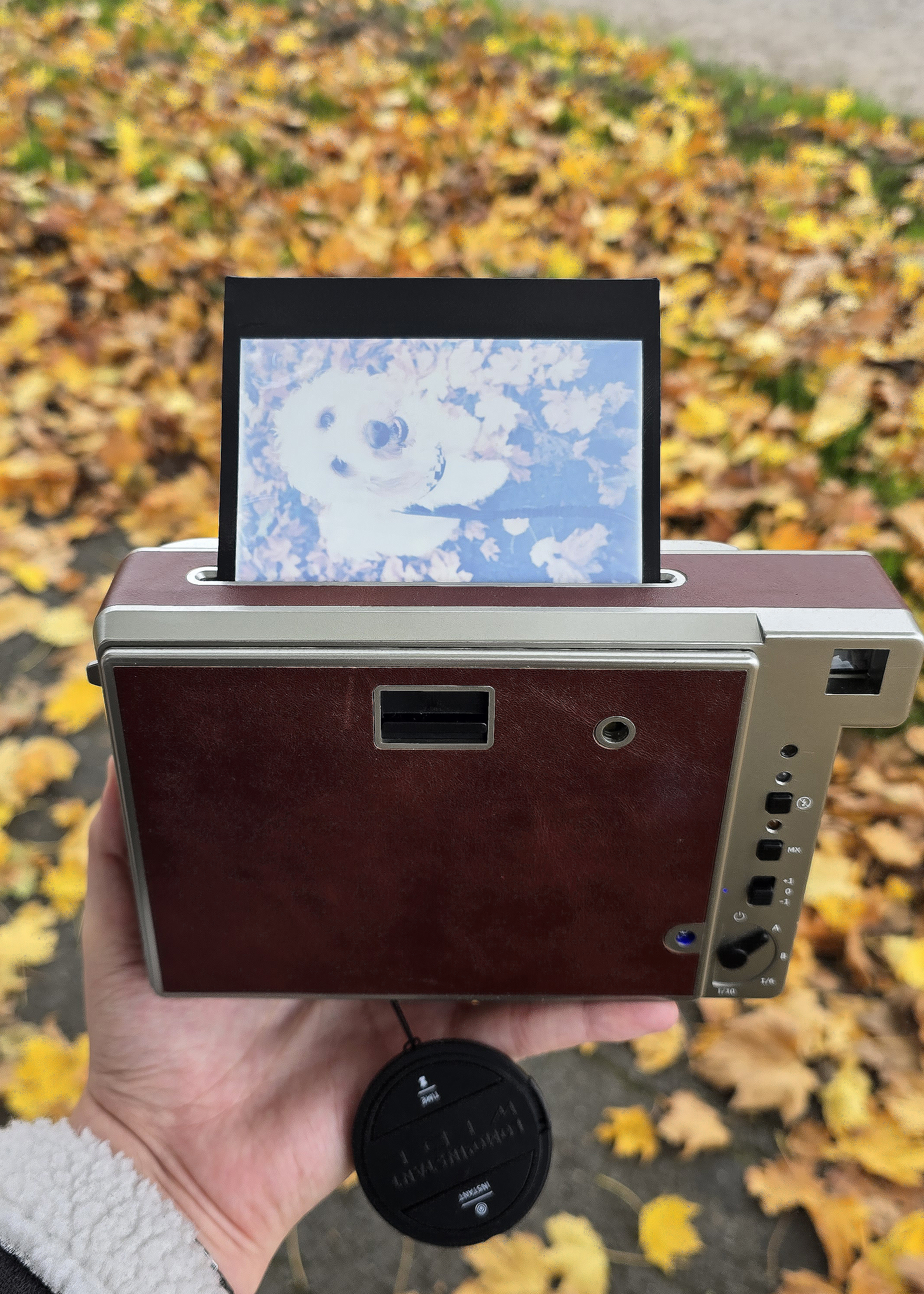
The mode dial on the back of the camera has options for A (automatic), B (bulb), f/22 (for manually setting exposure – the prototype I was sent has an f/6 marking but just ignore this), and 1/30 (shutter speed) which is primarily useful for shooting in the studio or when using a tripod. I stuck with using 'A' a lot of the time, and switched to 1/6 (f/22) whenever I wanted a super-sharp shot.
I thoroughly enjoyed my time testing the Lomo’Instant Wide Glass, although I didn't manage to get a single clear macro image, despite many many attempts. With that said, for every blurry and out-of-focus macro shot I got a perfectly crisp landscape shot, so maybe this balances out.
I also found that the prints produced exhibited a lot of vignetting, even when the exposure compensation was set to zero. A bit of research has told me that this tends to be a common theme with Lomography cameras, and it's considered one of those love-it or hate-it aspects of instant photography. Not every print came out like this, and in a lot of cases it occurred when I didn't use flash, so perhaps this contributed to it.
Lomo’Instant Wide Glass: Sample images
You'll be able to see from the sample images below just how many tries it took for me to get a clear image of my dog surrounded by autumn leaves. What I thought would be within the 0.6m zone was actually sharper using the 1-2m mode – it was all very confusing. This is not an easy-focusing point-and-shoot instant camera like some others I've used, and you'll really need to work at it to get the focus right.
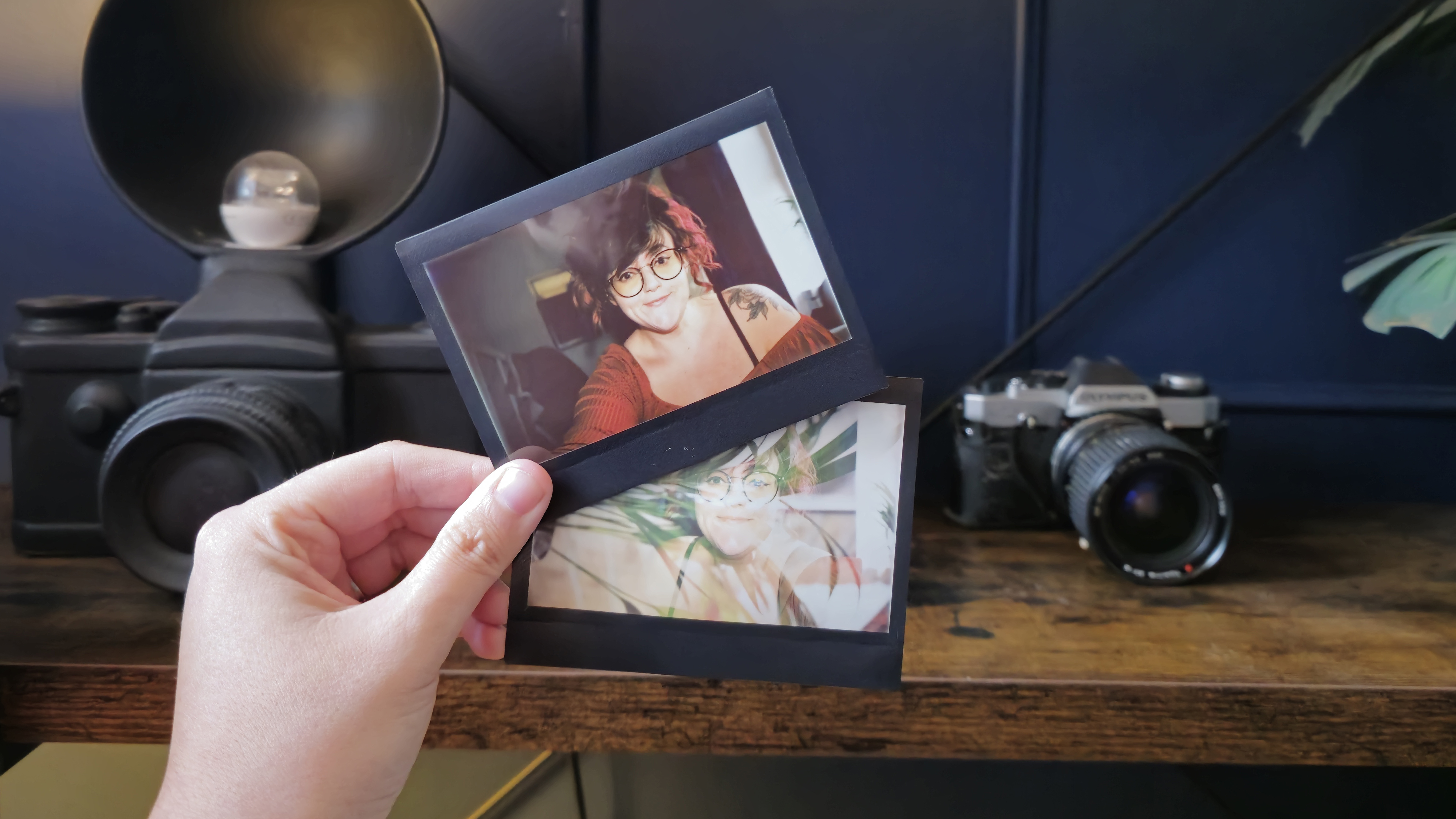

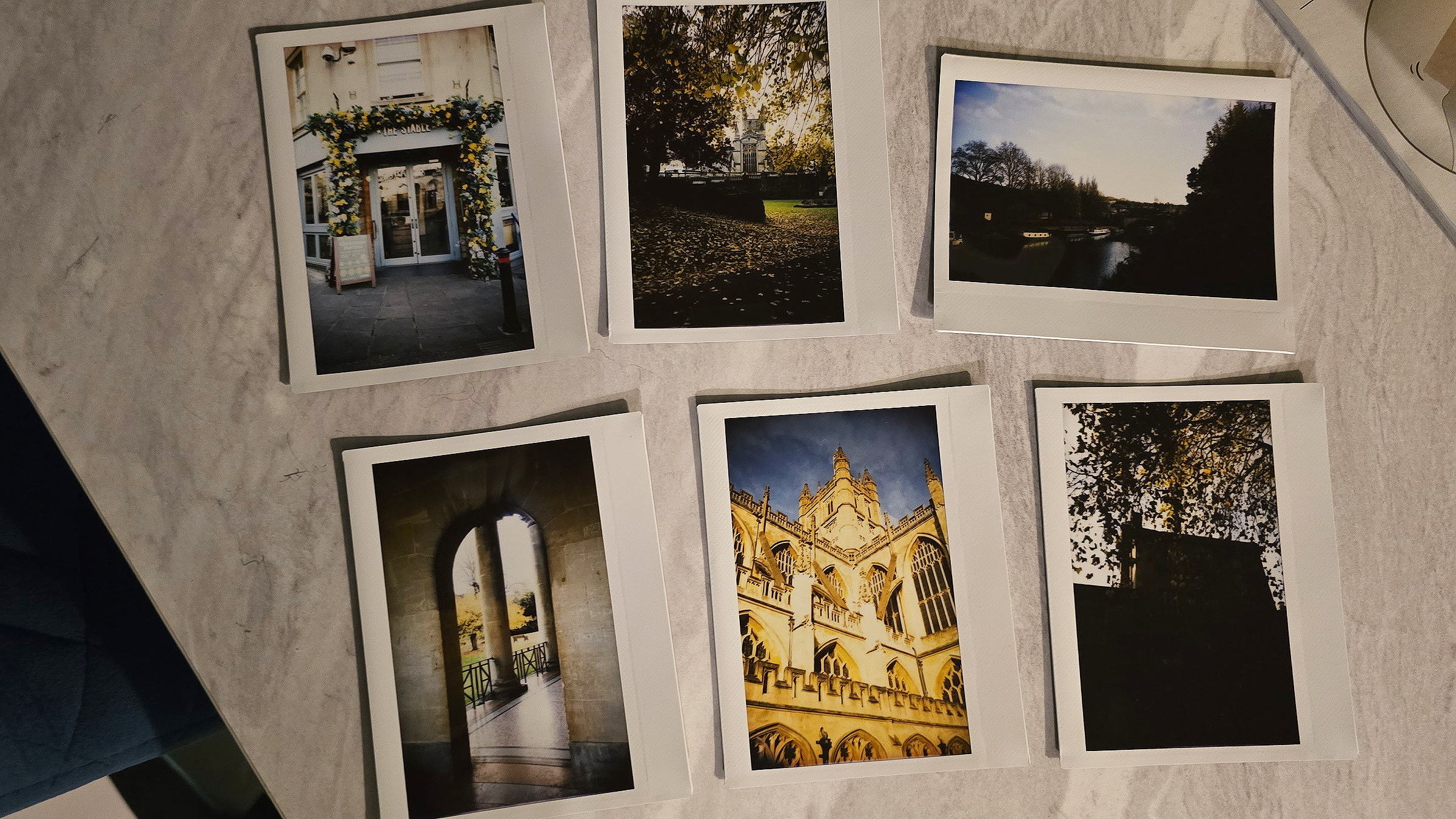
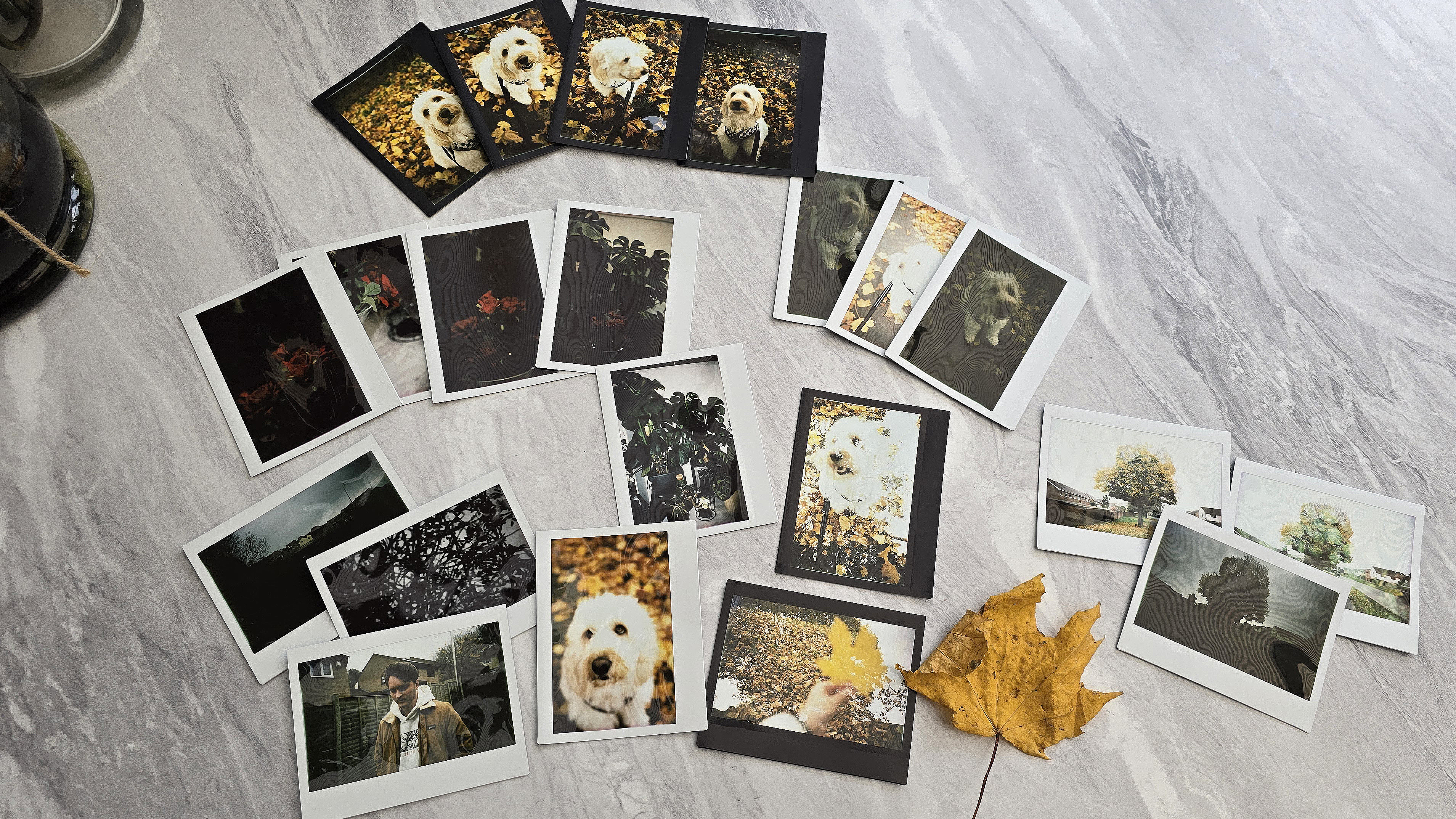
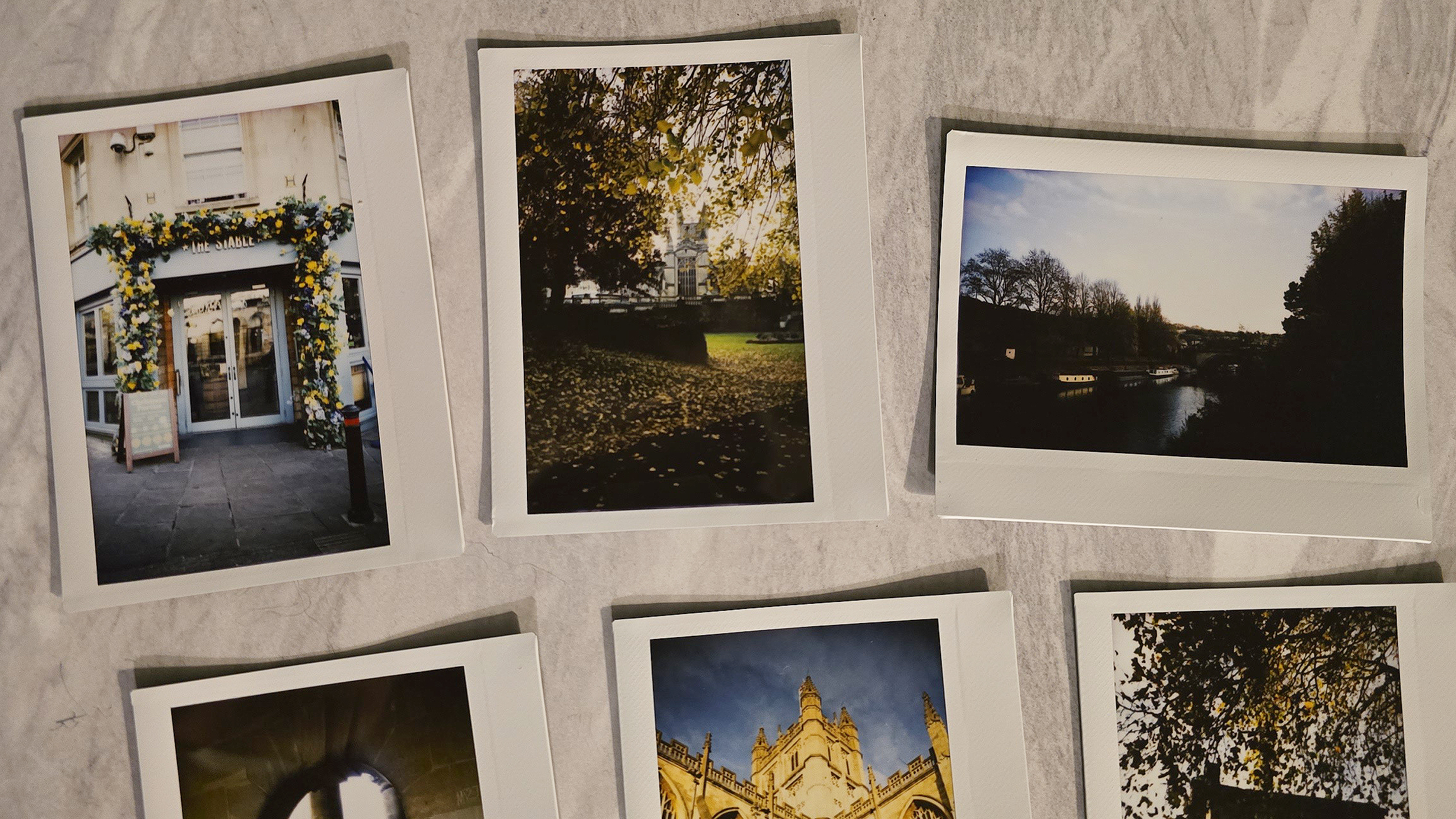
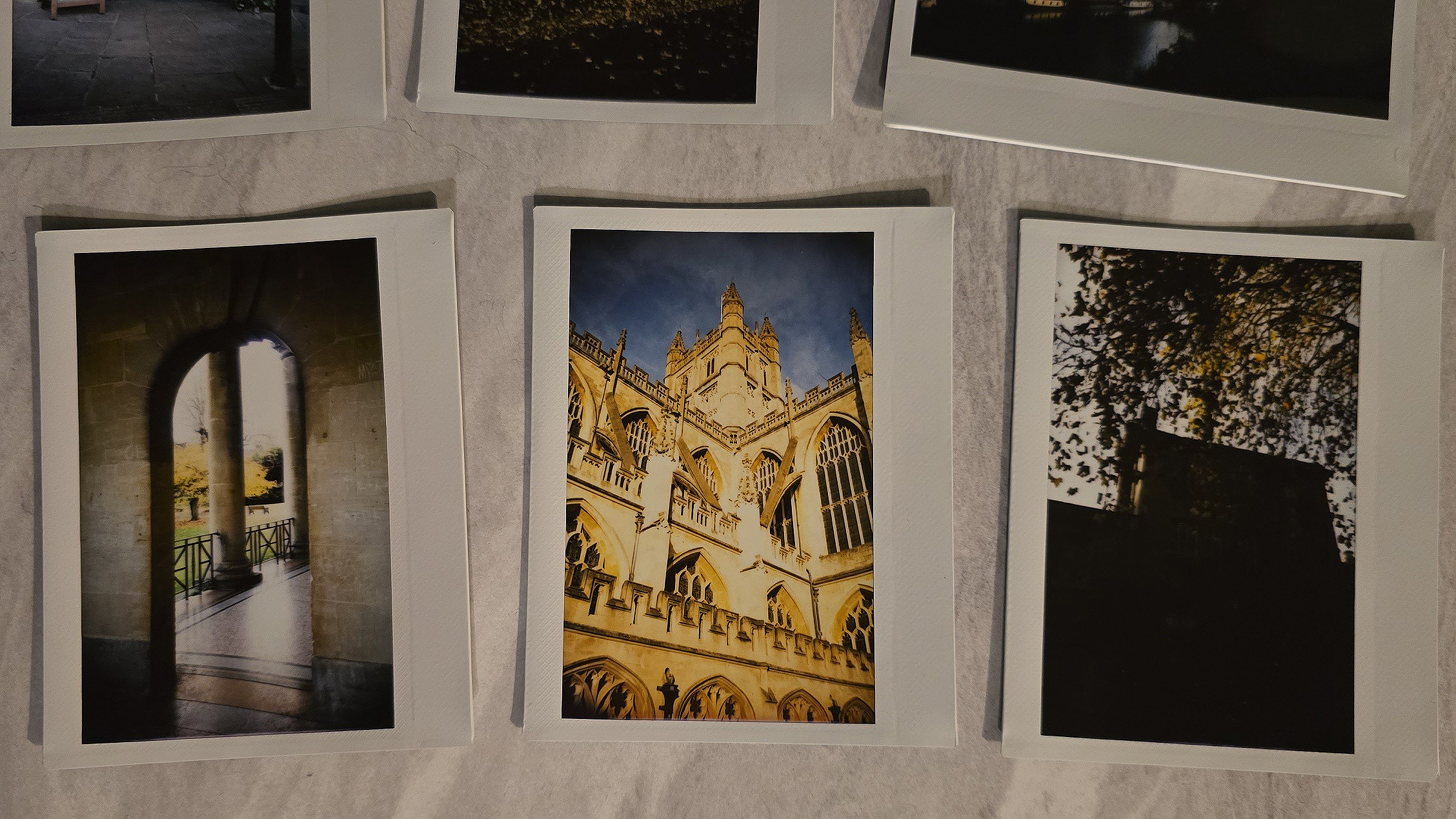
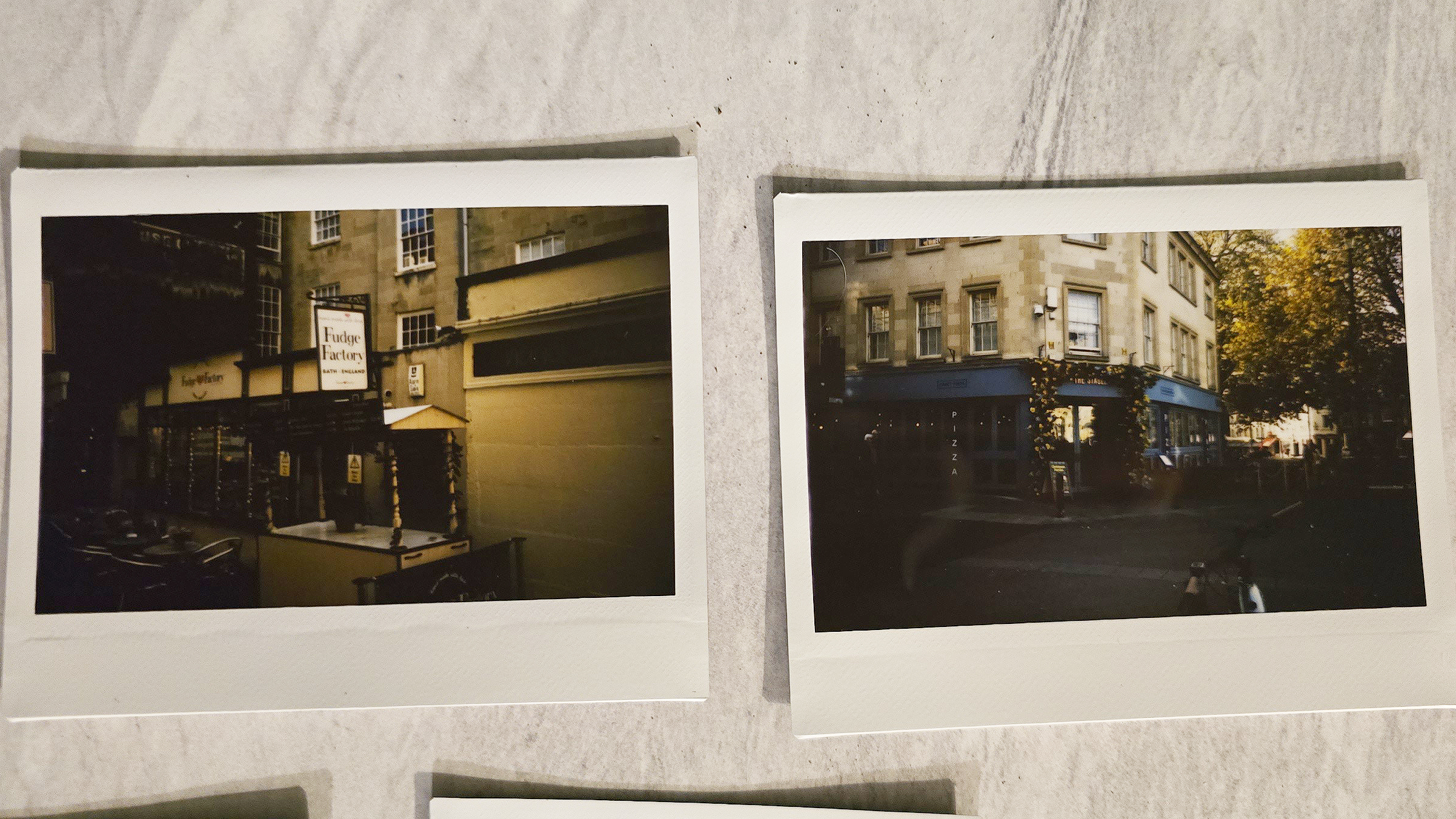
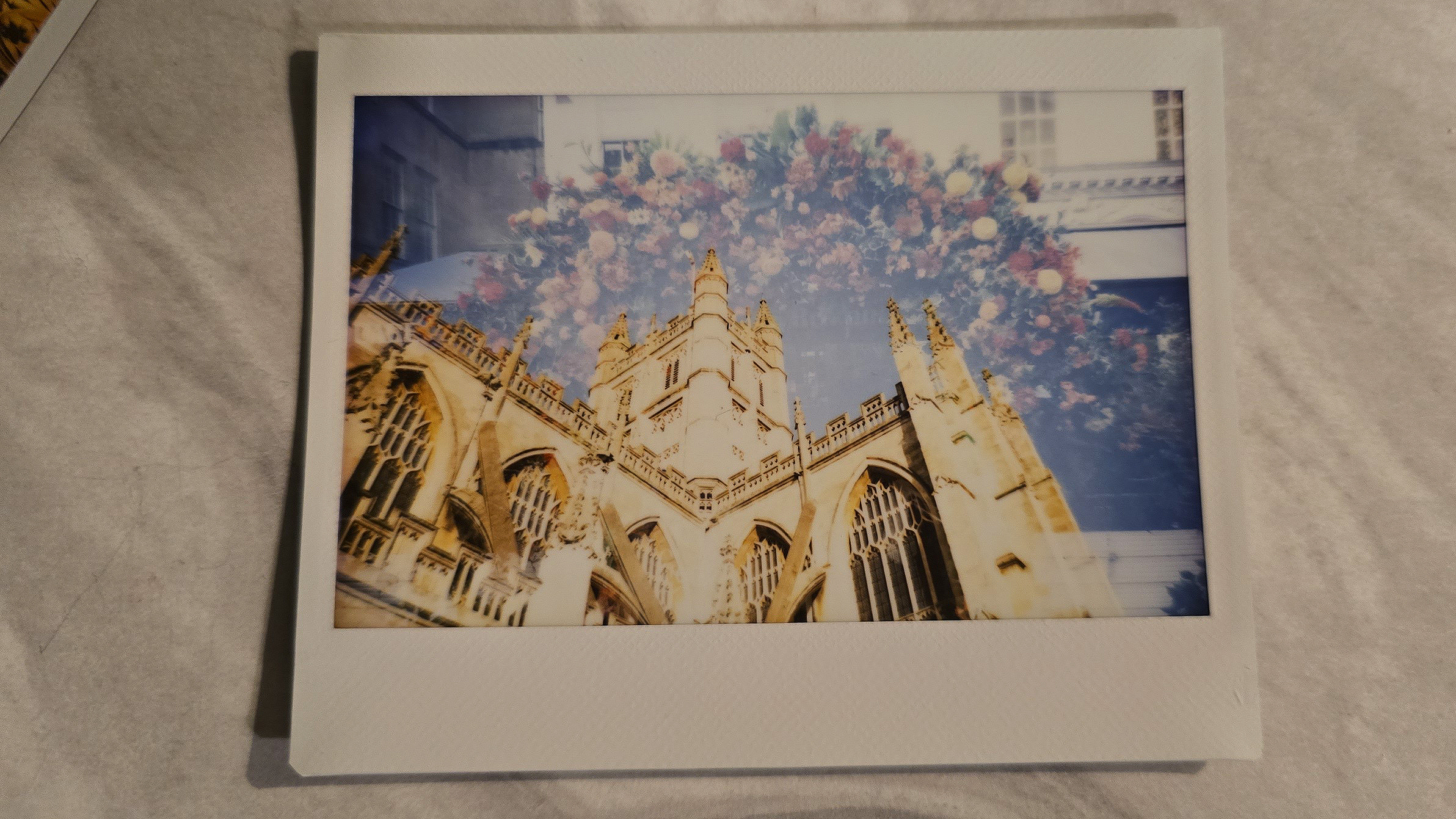
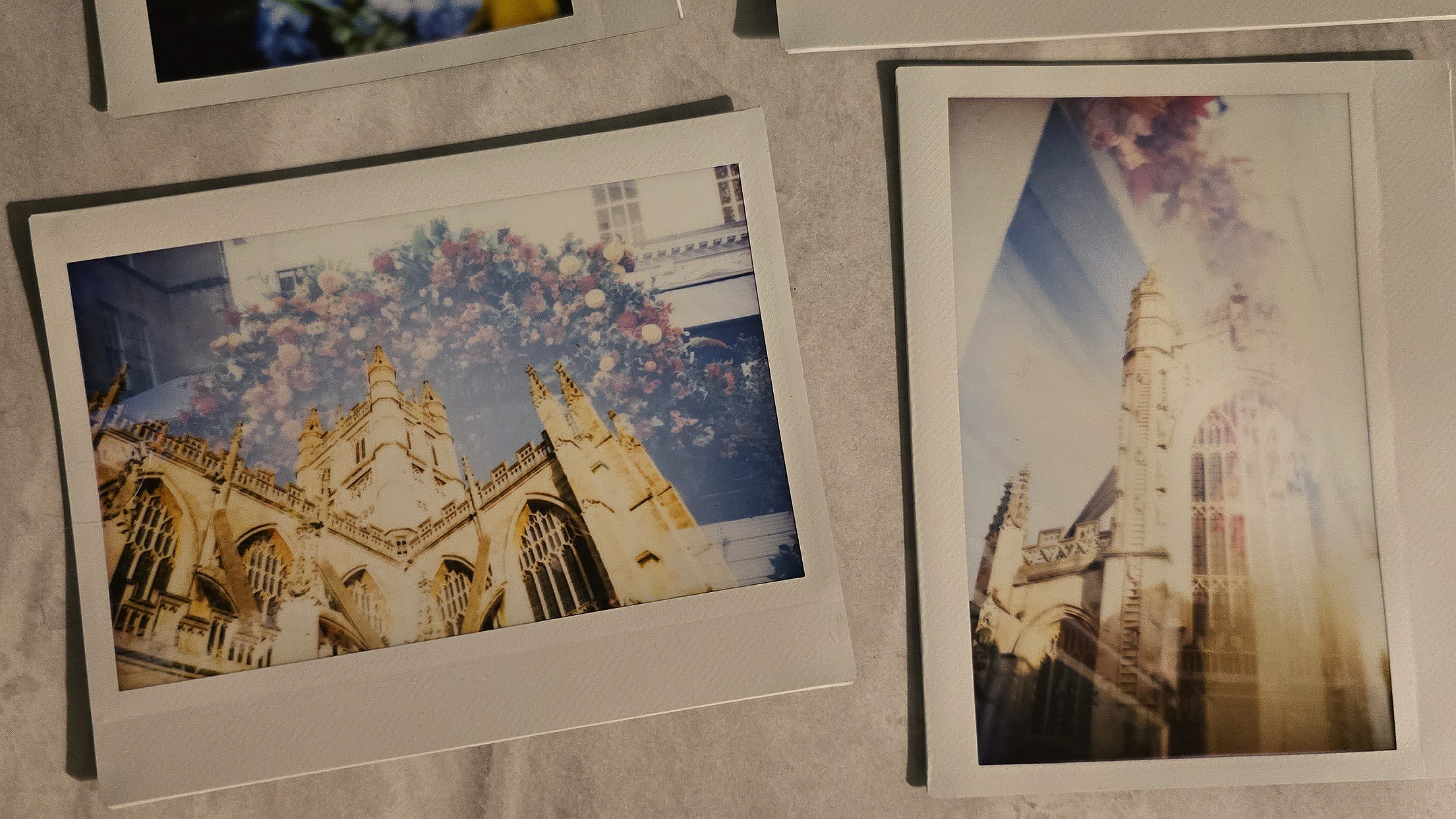
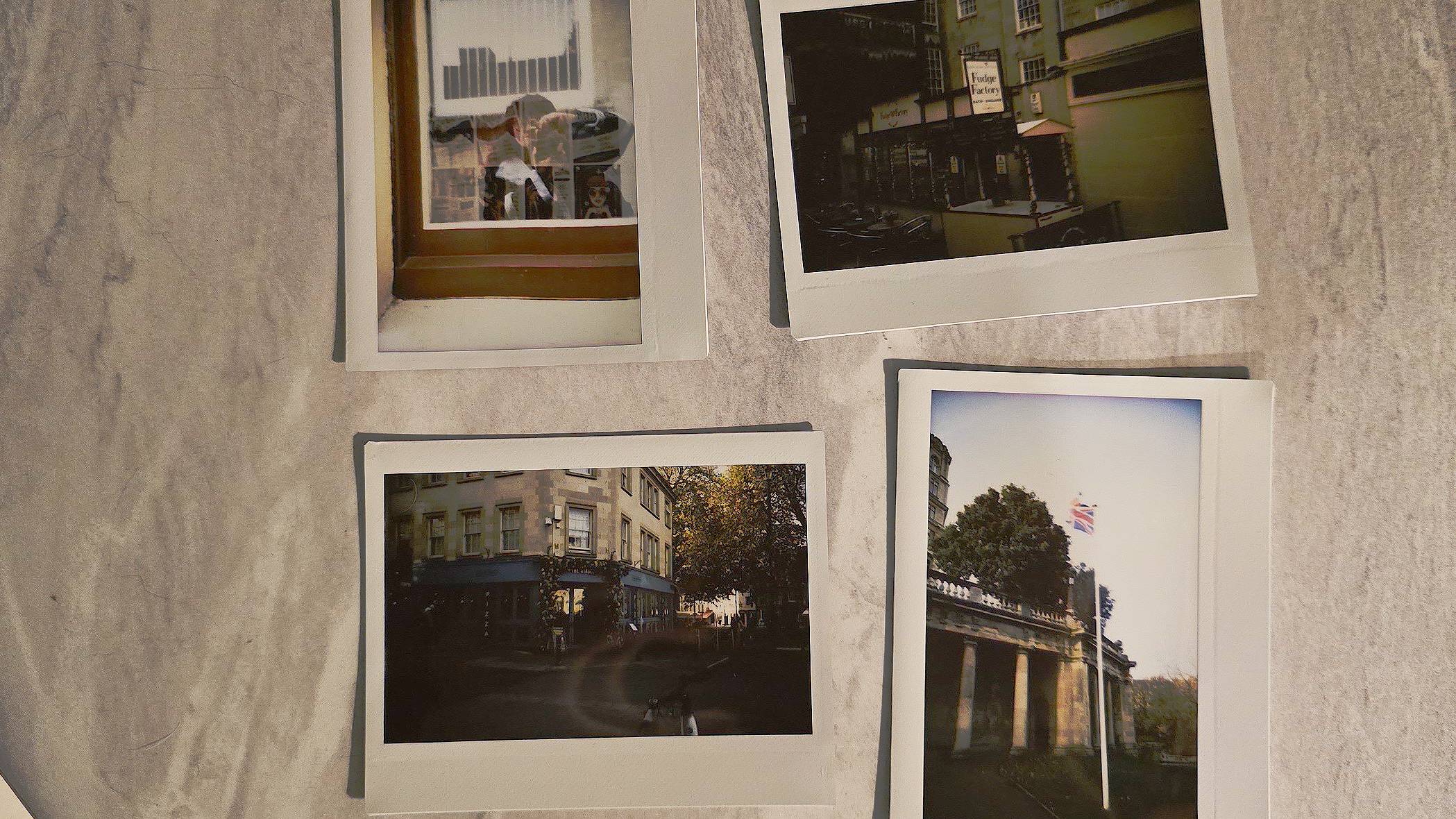
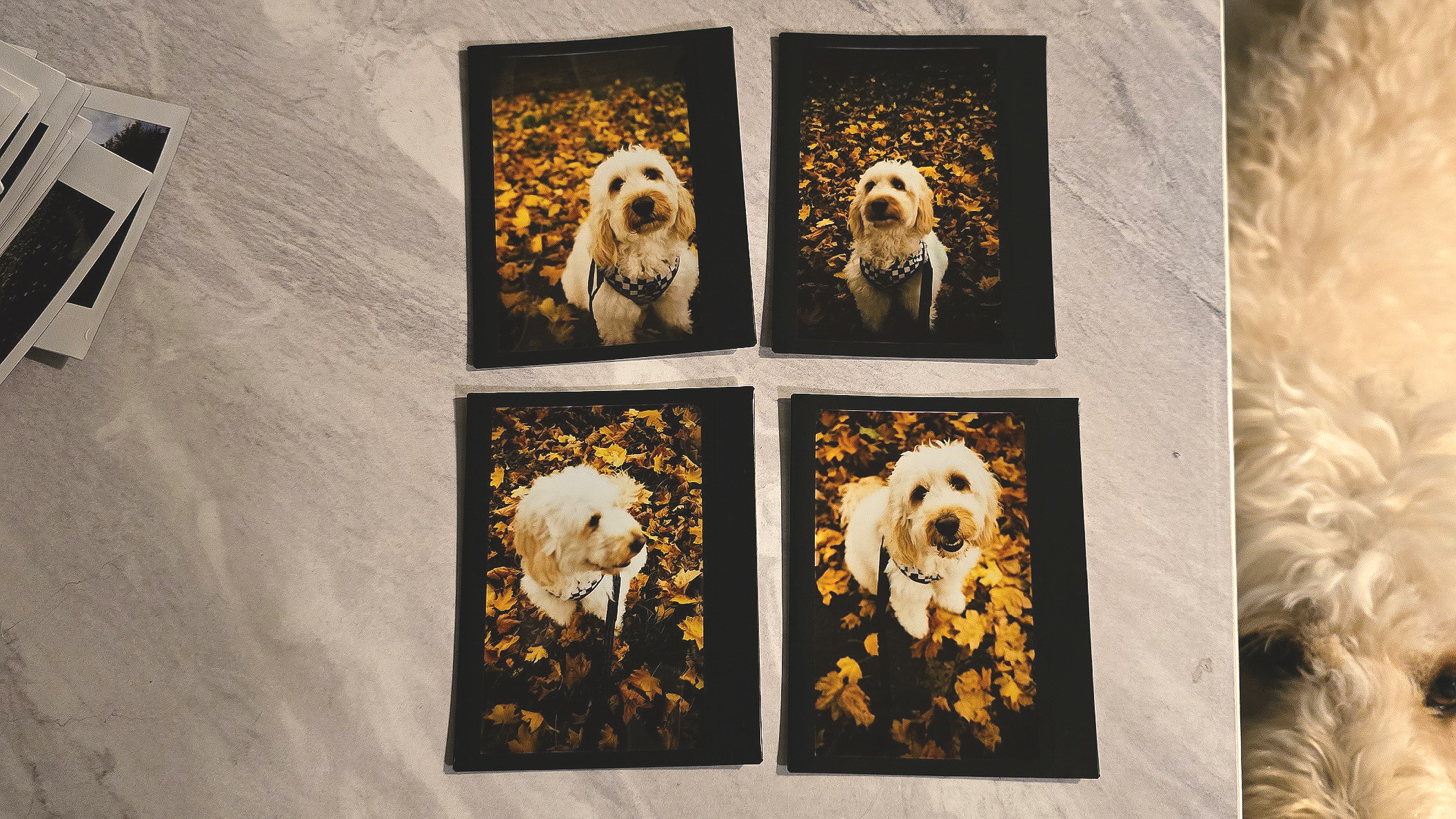
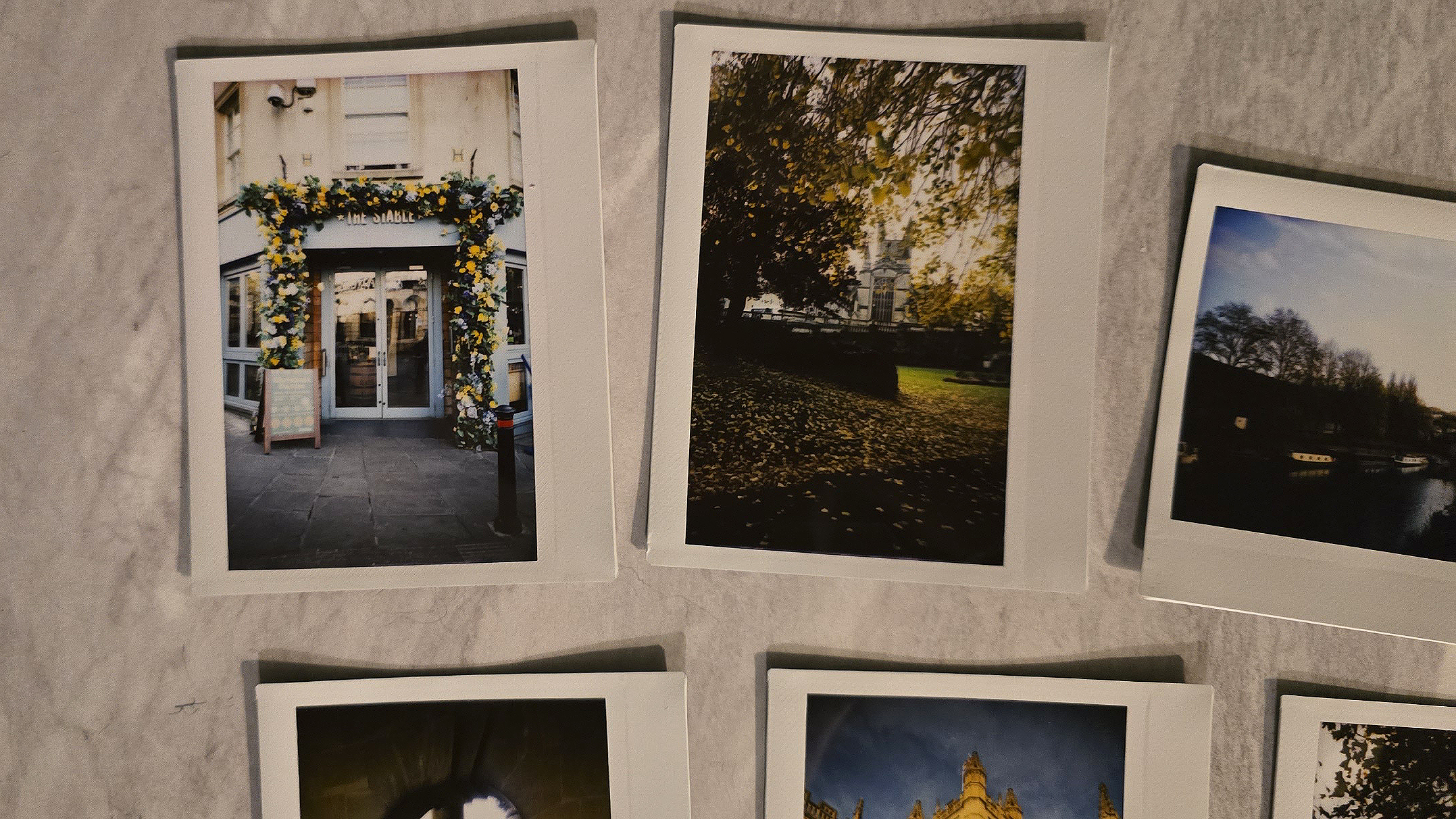
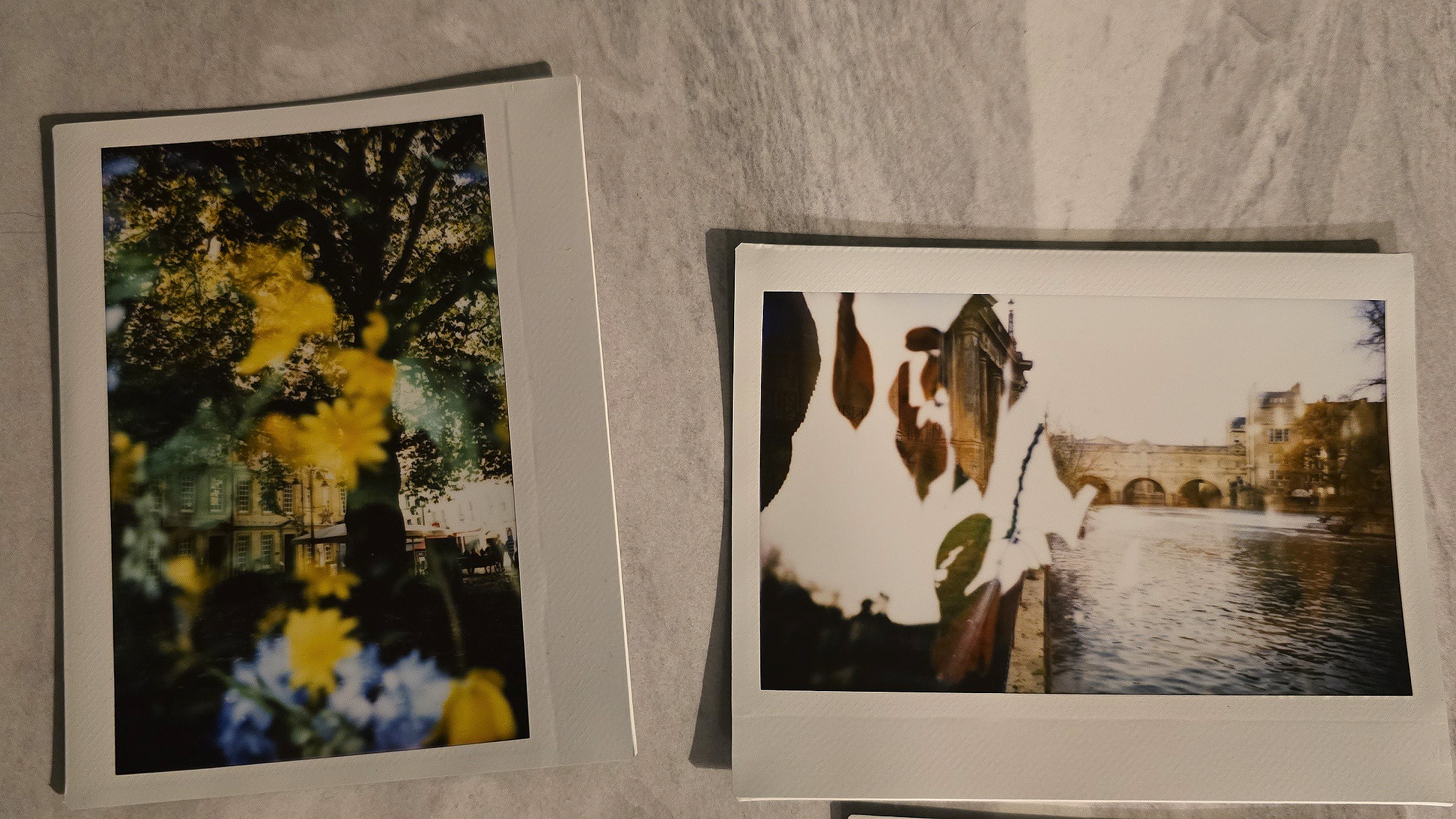
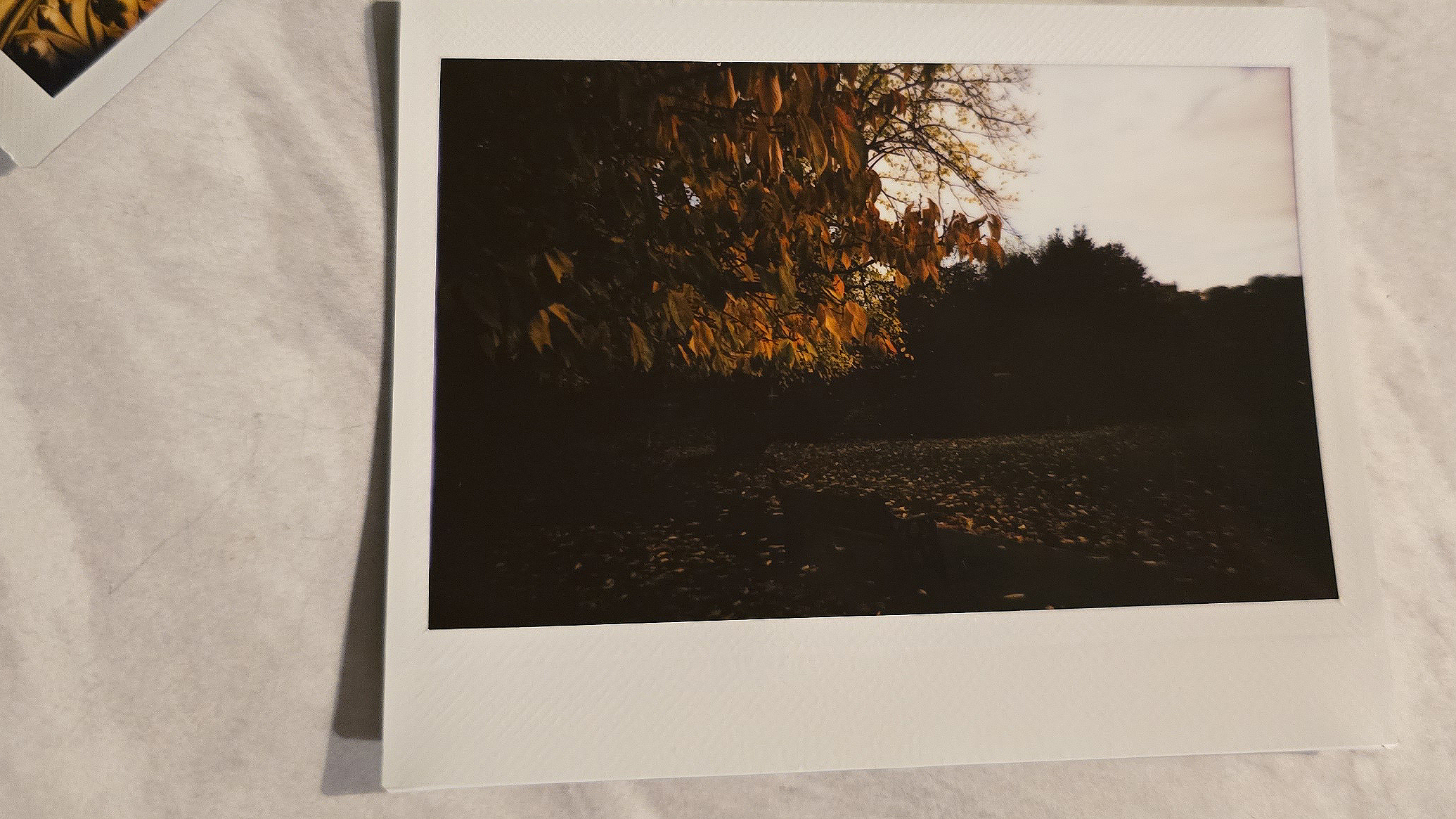
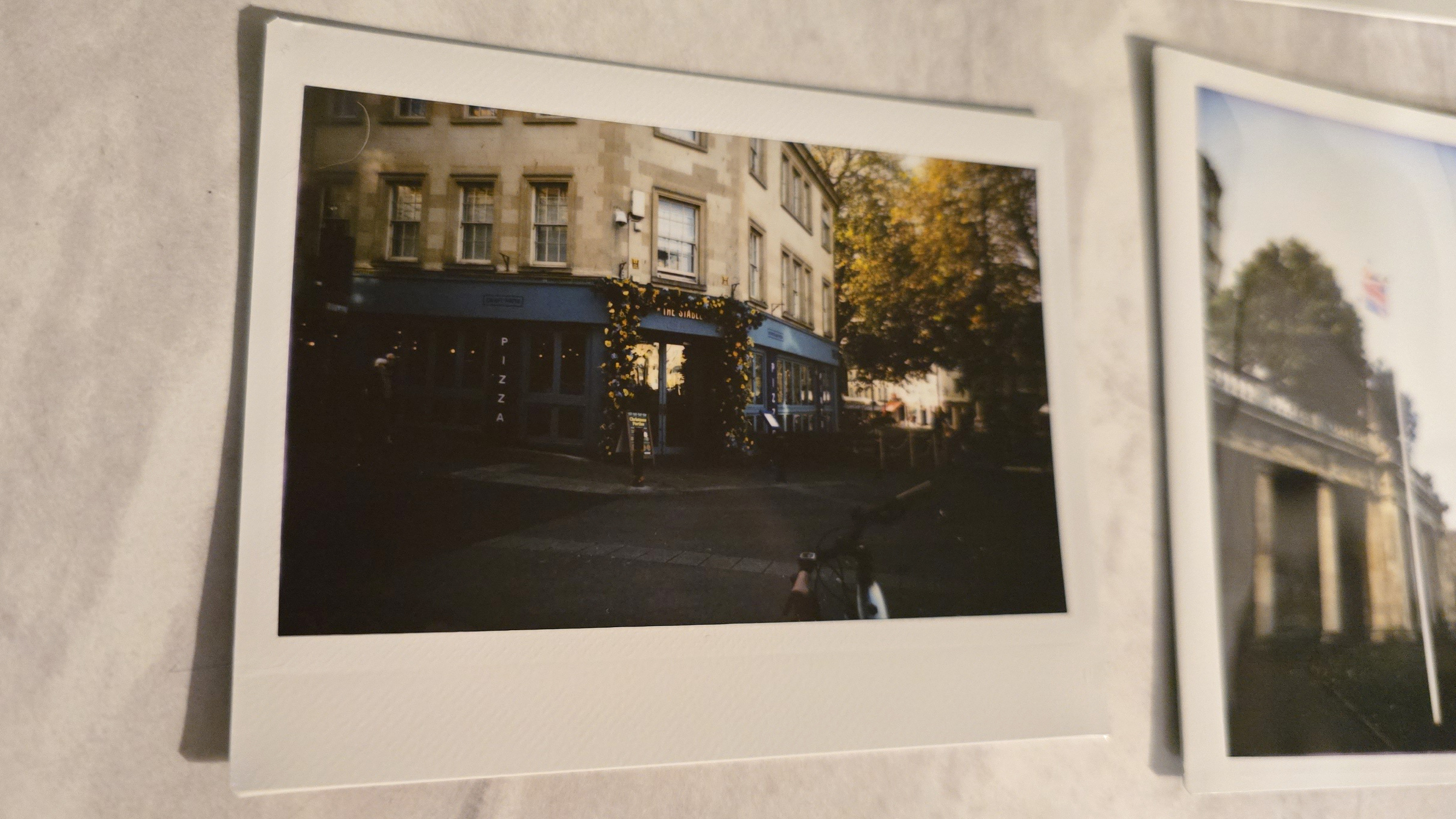
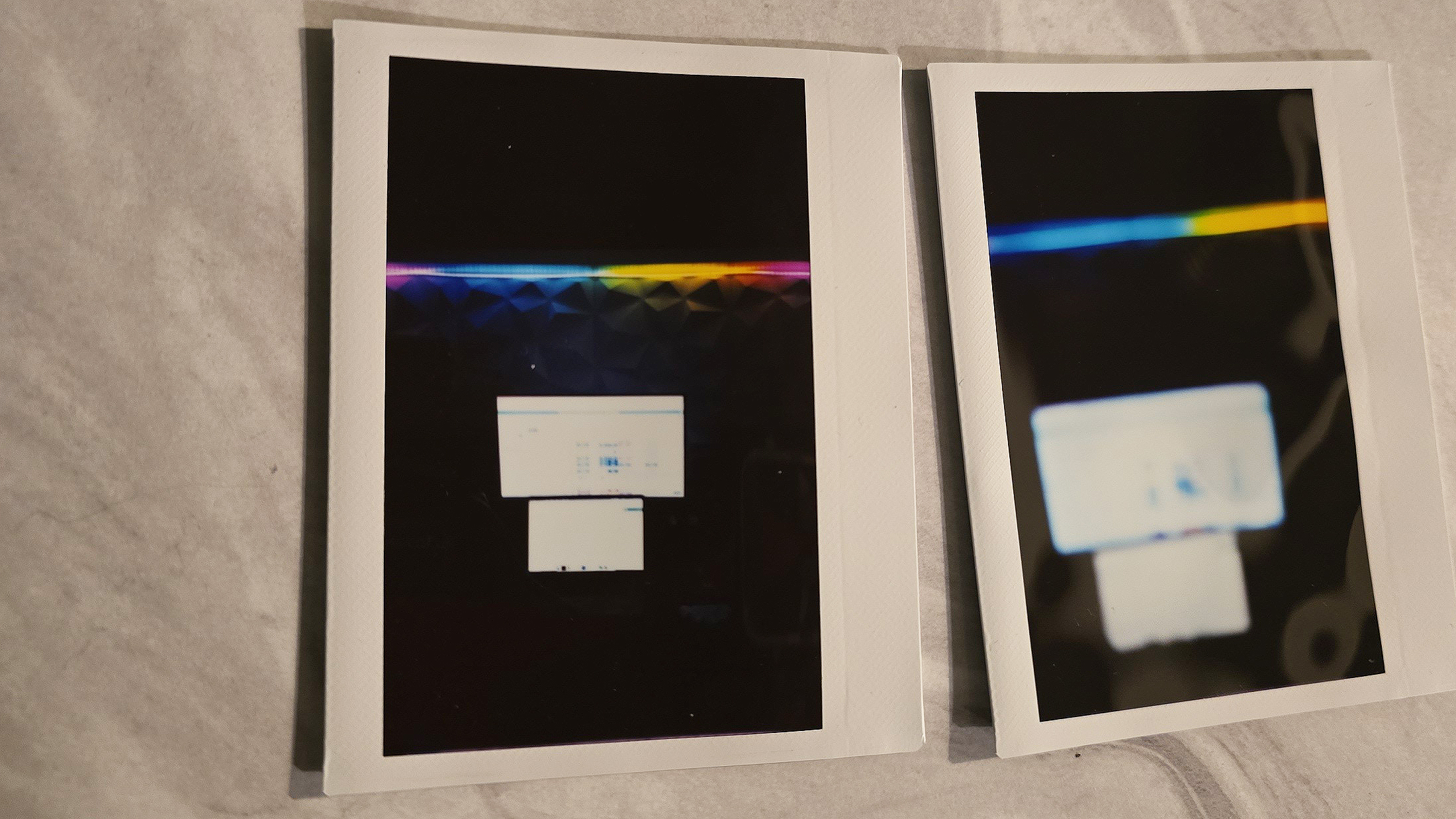
Should I buy the Lomo’Instant Wide Glass?
Buy it if...
You love wider prints
The Lomo’Instant Wide Glass uses Instax Wide film, which is double the size of credit card-sized Instax Mini prints. If you're serious about showing off your photos there’s nothing like shooting on wider-format film for the maximum amount of detail in your images.
You care about quality
Instant cameras aren't typically known for being sharpshooters, but the Lomo’Instant Wide Glass changes things with a glass lens, and the option for pairing with an external off-camera flash for studio-quality prints.
You're looking for a speedy turnaround time and love the retro vibes
Instant cameras aren't for everyone, but those who appreciate the artistry and nostalgia behind analogue photography will love the gimmick of having an image appear before your eyes, as opposed to shooting with a film camera where developing can take weeks (and is more expensive than ever).
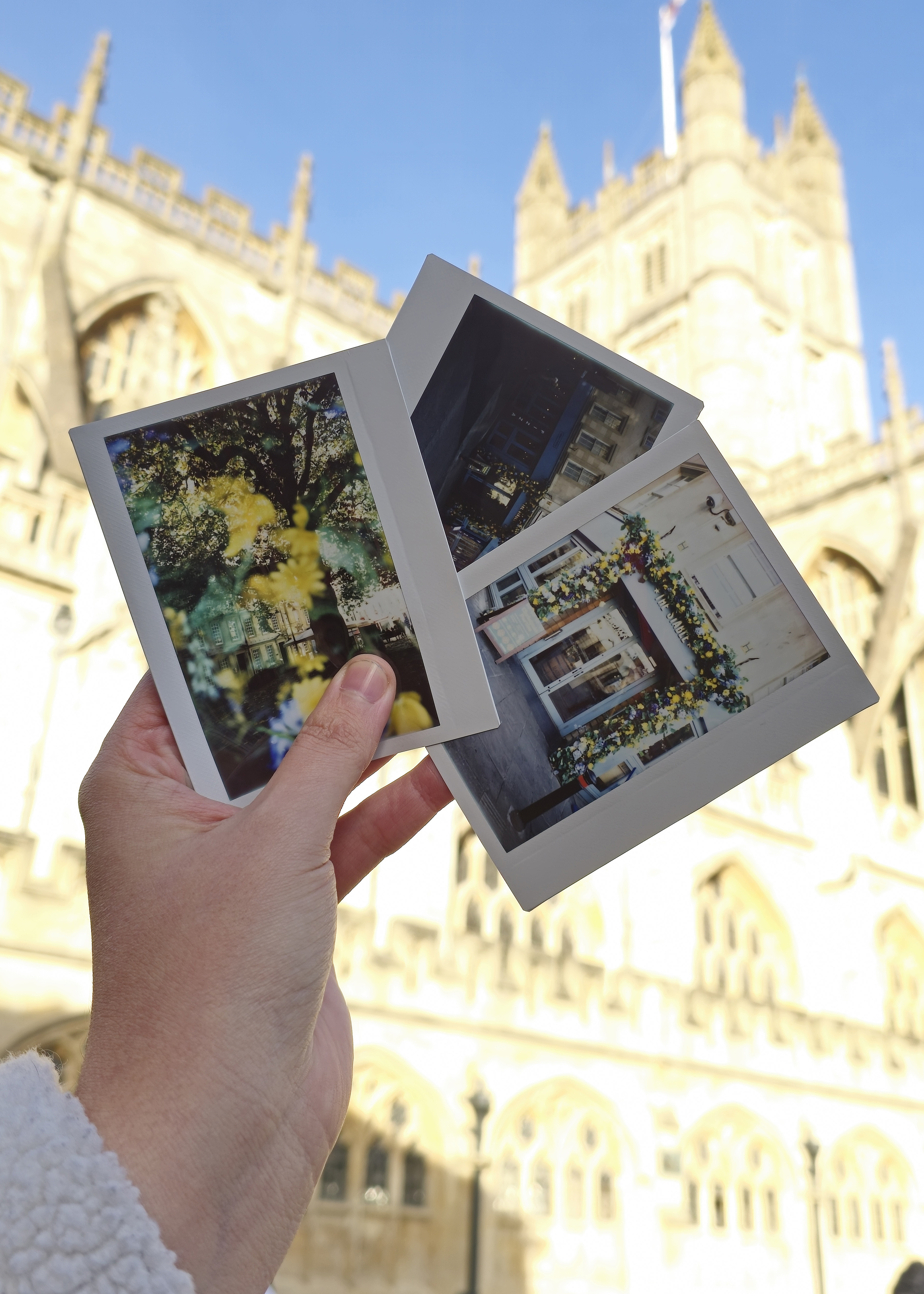
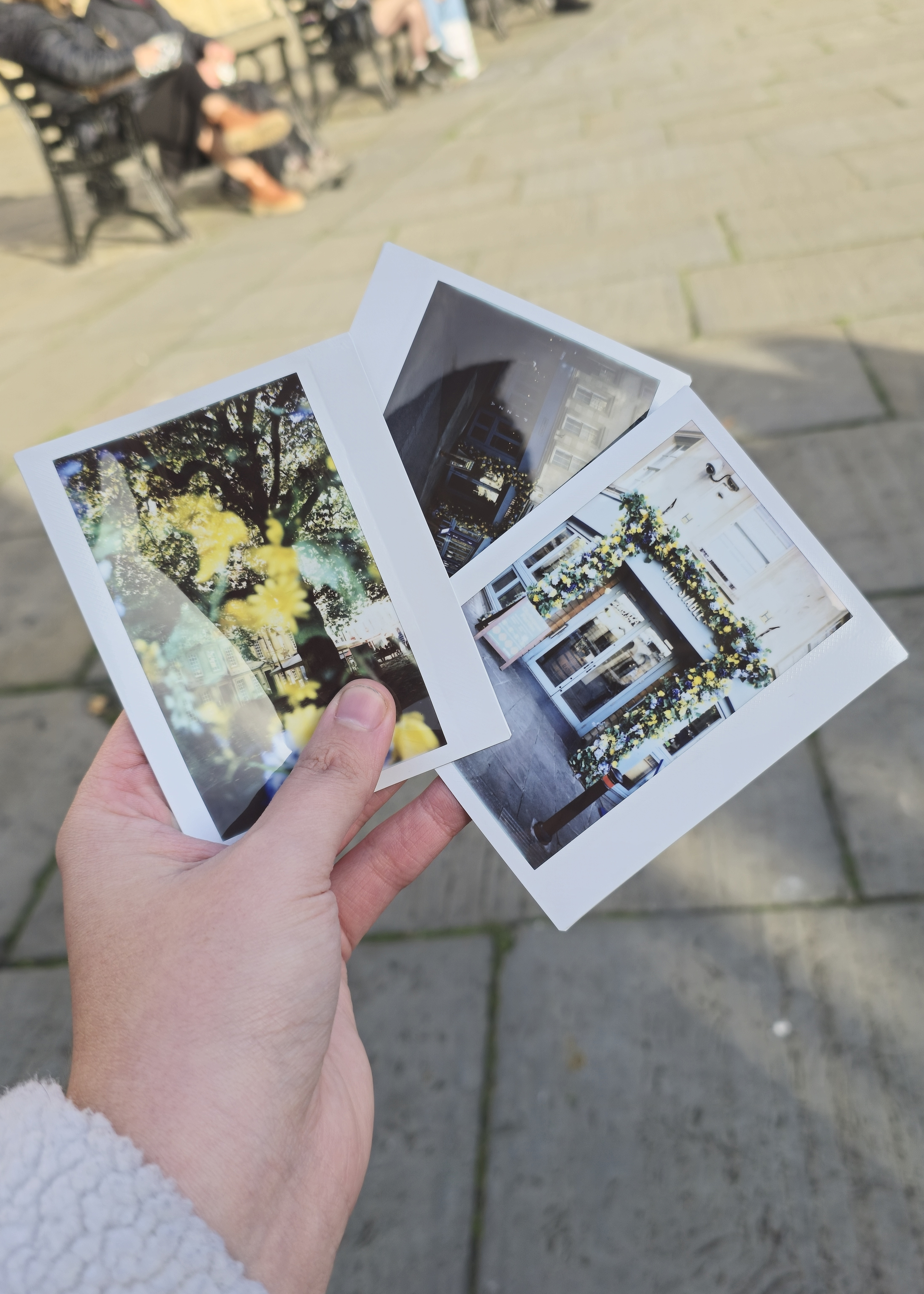
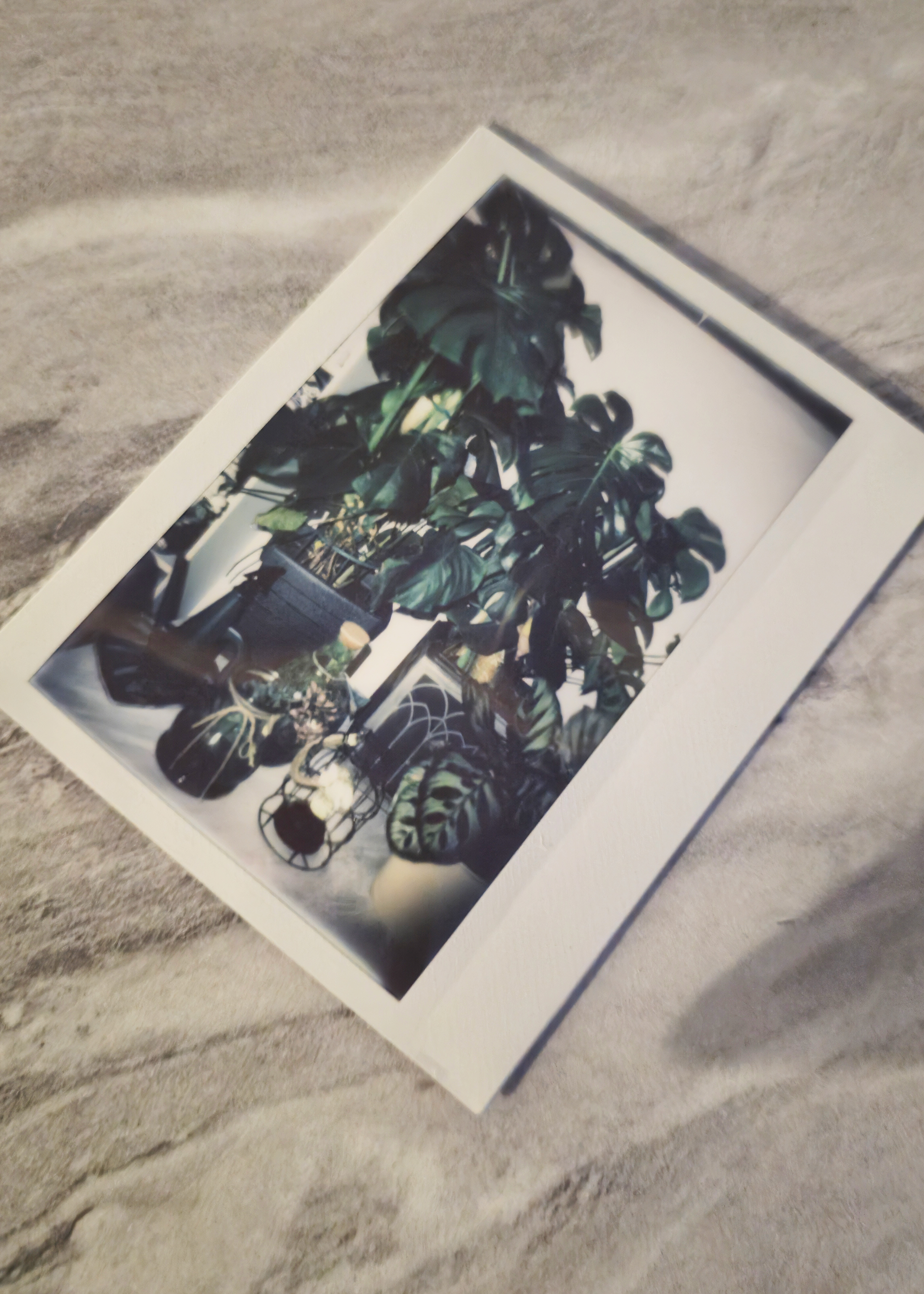
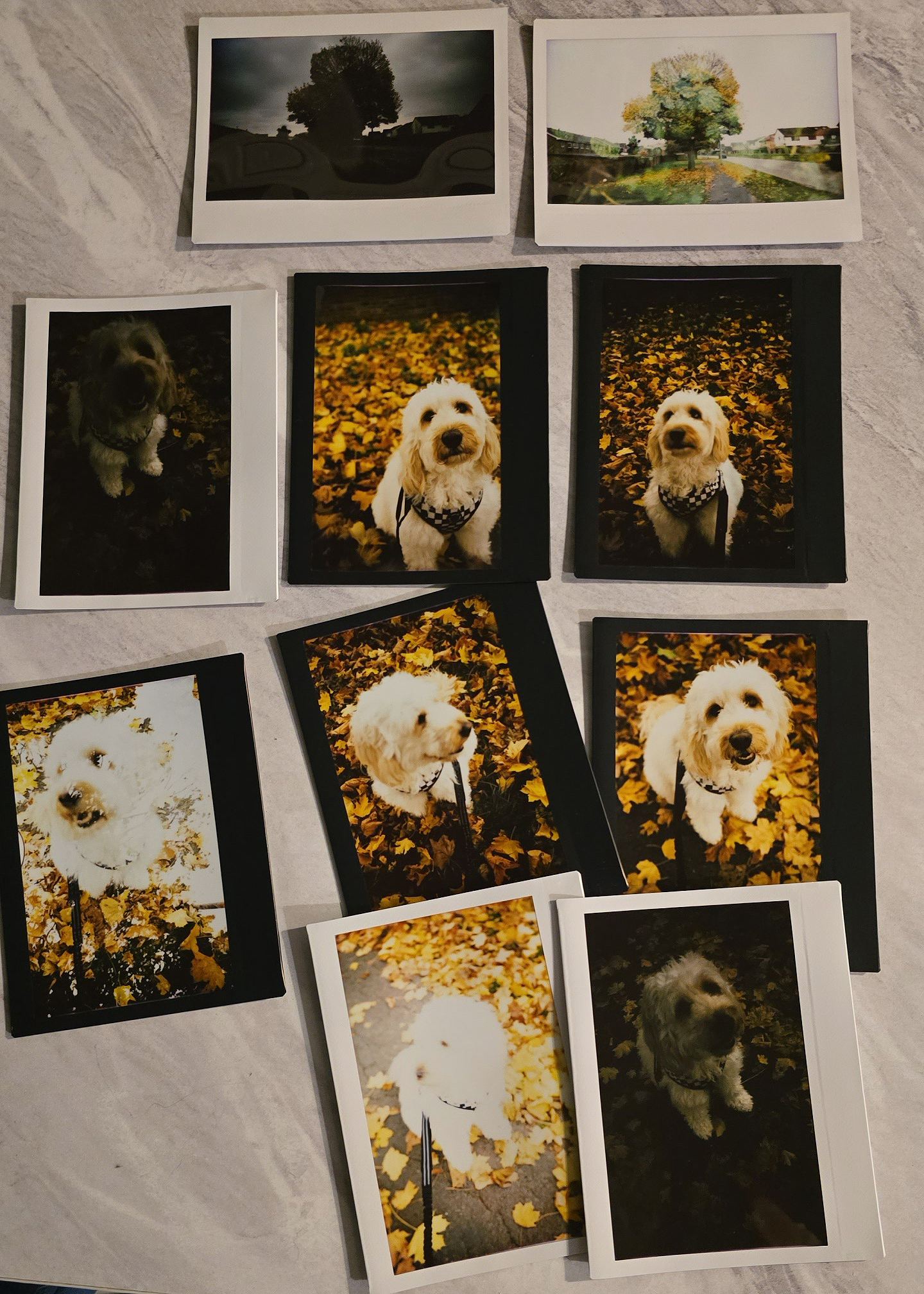
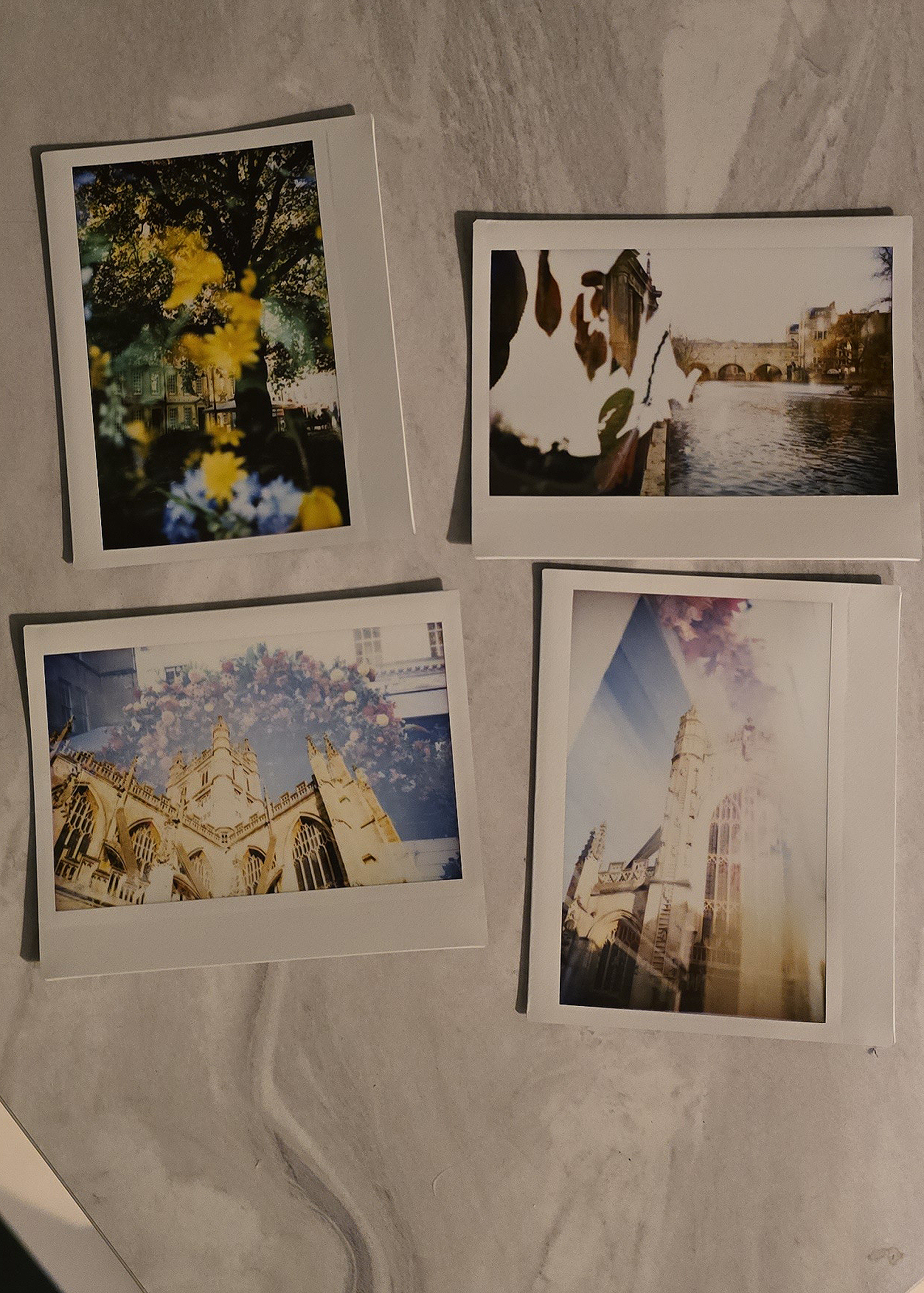
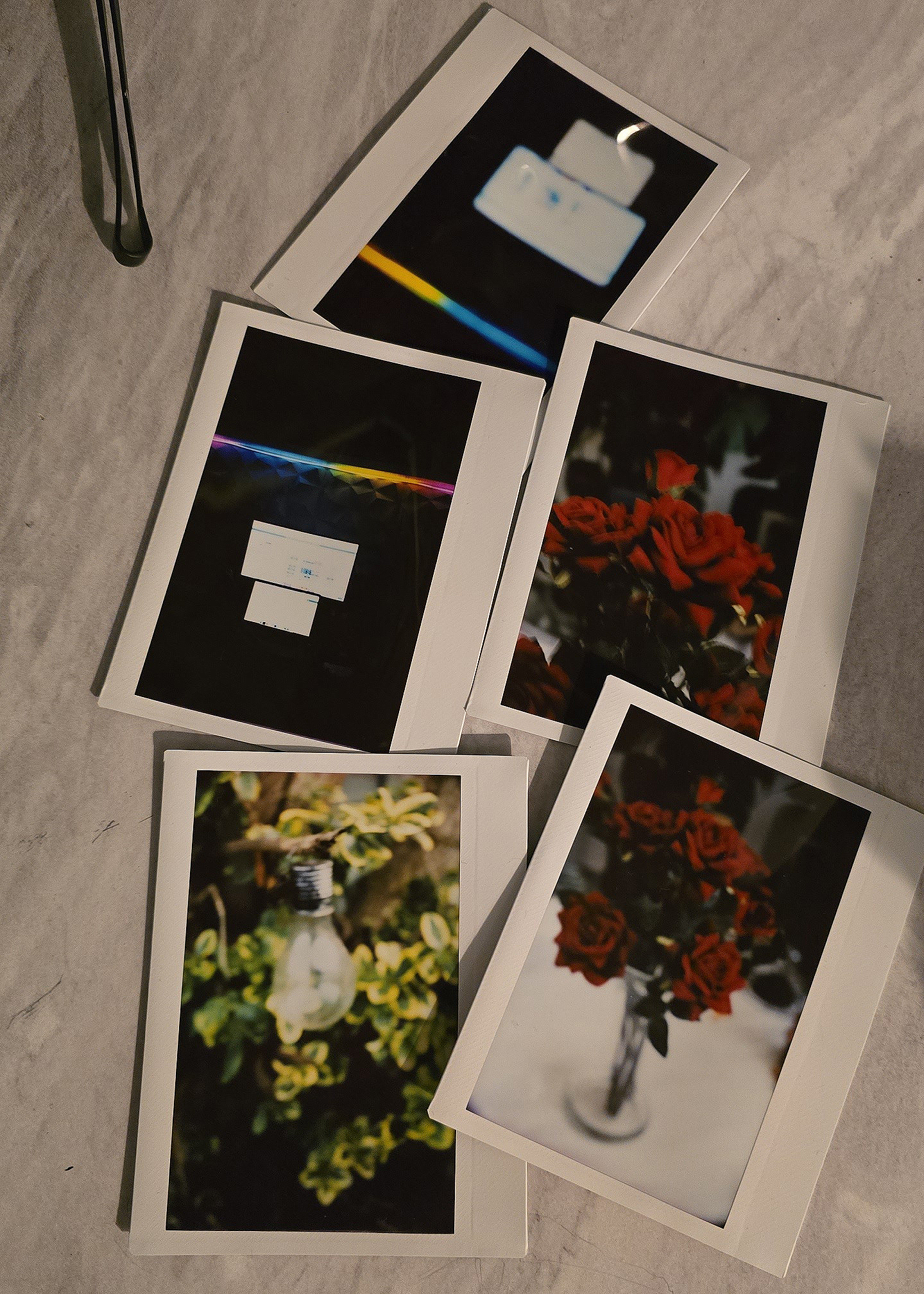

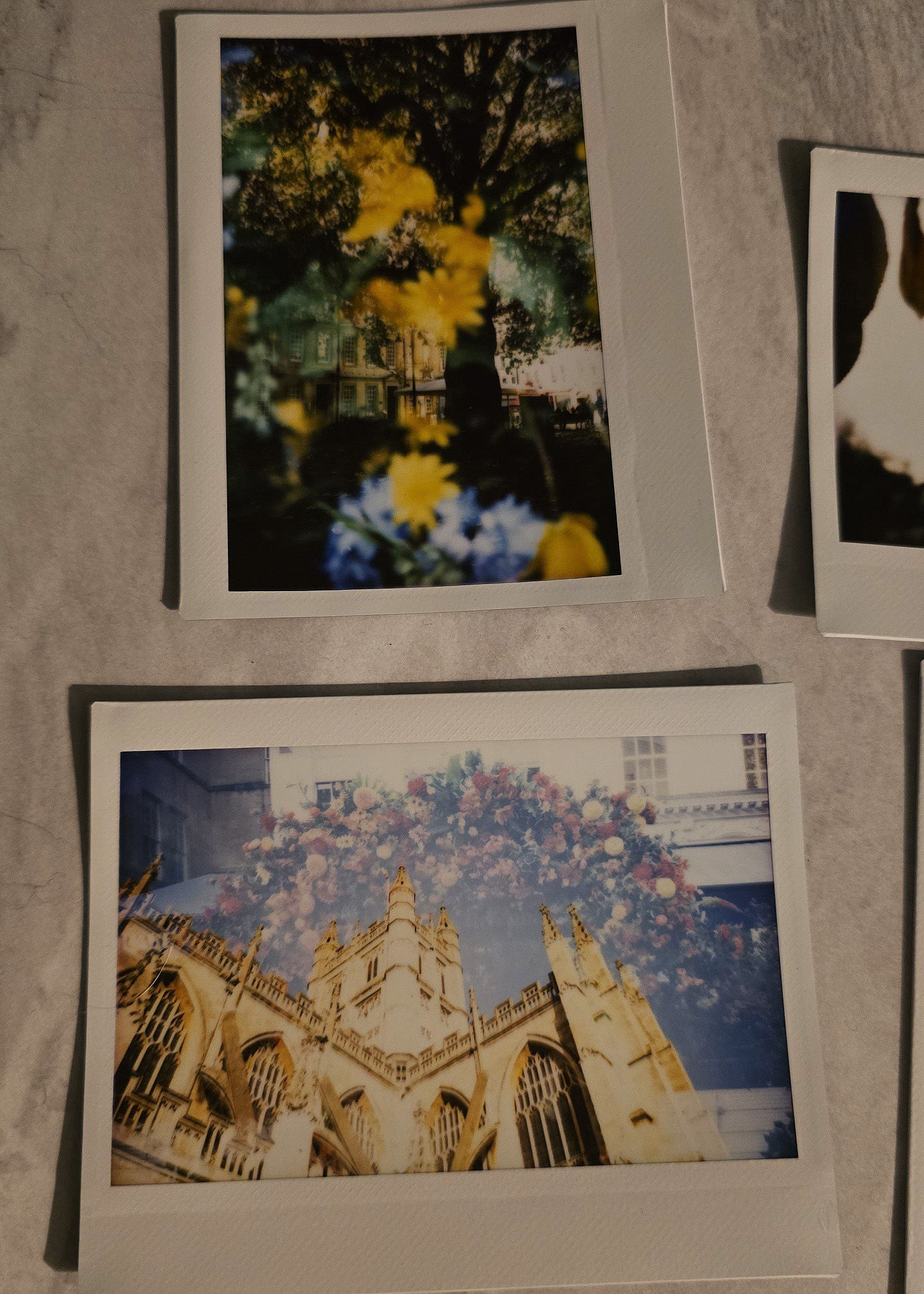
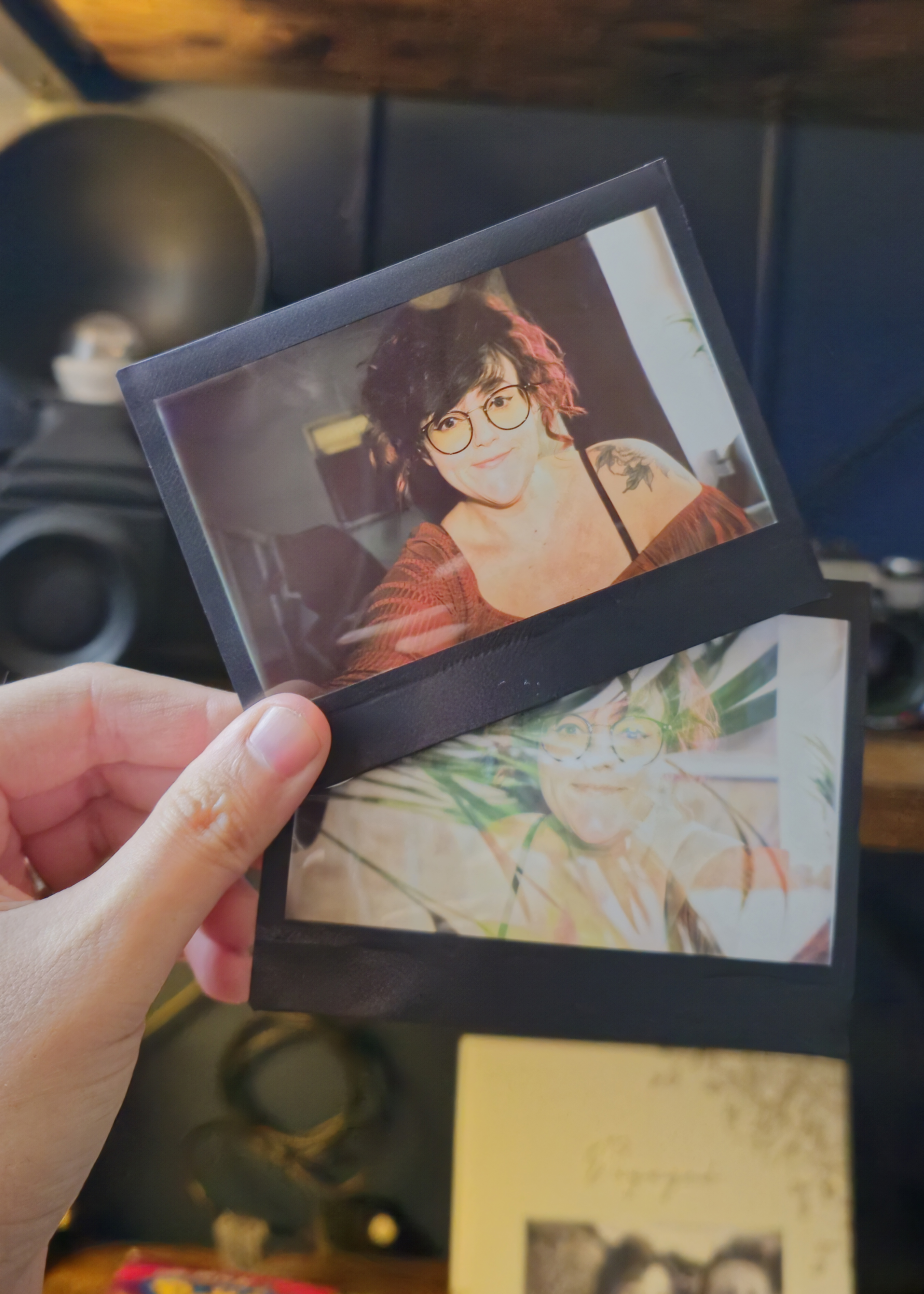
Don't buy it if...
You're big into macro photography
I had a difficult time using this camera for close-up shots, and while this doesn't necessarily mean that you will too, instant cameras in general aren't typically used for macro shooting, and can be extremely fiddly to master, with zone-focusing and extra lens attachments to work with.
You hate spending money on film
Instant cameras are an investment. If you want to keep shooting with your camera, then expect to spend a fair amount on film costs (and accidentally waste a few shots), and ensure that you're stocked up. Instax film, and camera film in general, can be very expensive, but it's worth it if you ask me.
You want an easy point-and-shoot
Unlike some instant cameras on the market, the Lomo’Instant Wide Glass is aimed at more advanced users and is much more complicated to use than your standard point-and-shoot cameras. This is great if you're willing to learn and master the controls, but not if you want something quick and easy.
How I tested the Lomo’Instant Wide Glass:
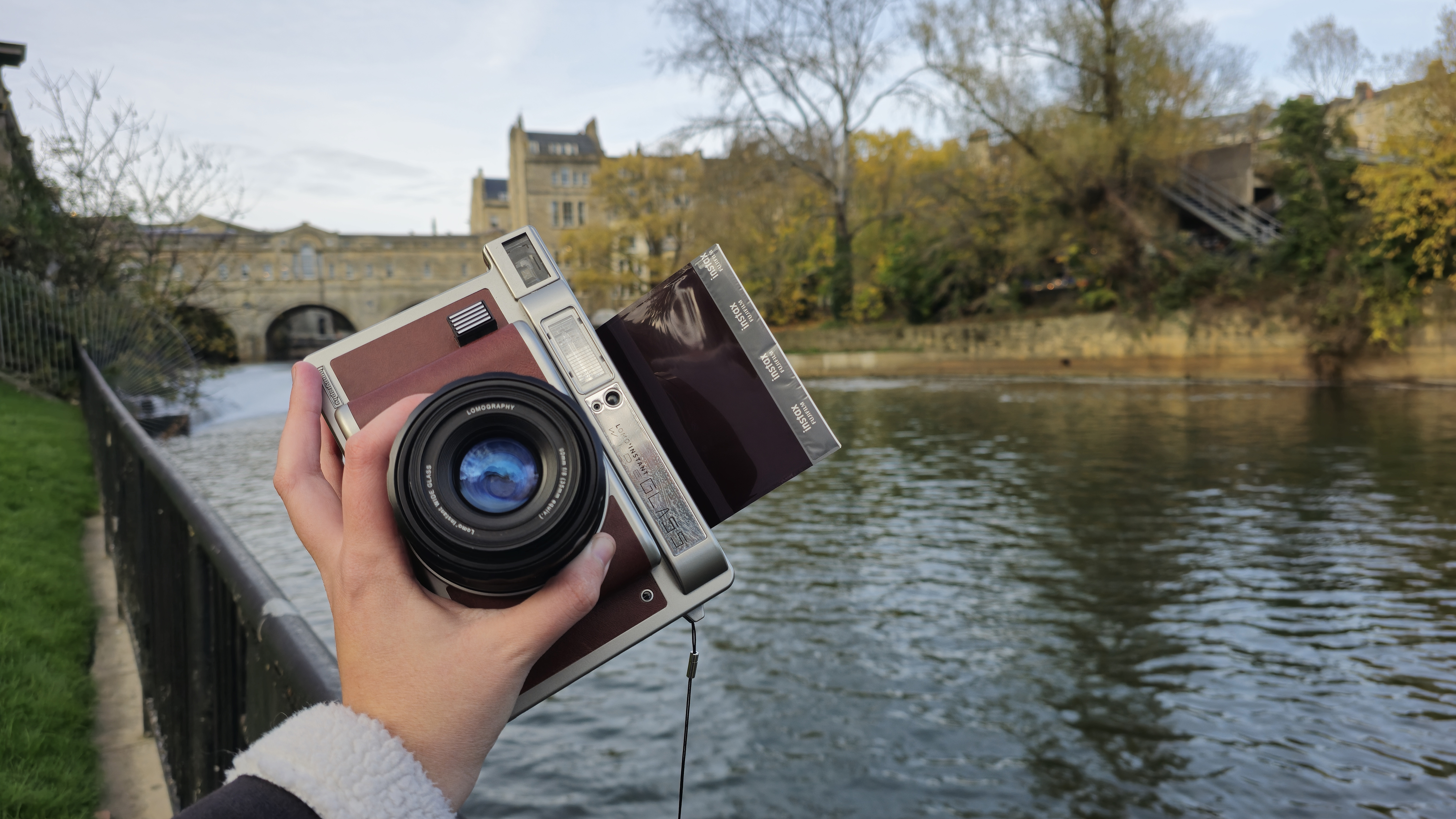
- I used five packs of Instax Wide film (50 shots), including one pack of the black-edition Instax Wide film (10 shots)
- I shot with the camera in a variety of indoor and outdoor locations, and in cloudy, overcast, and sunny weather conditions
- I experimented with self-portraits, landscape shots, multiple exposures, and closer subjects (which I didn't have much luck with).
I used the new Lomo’Instant Wide Glass instant camera for a few weeks, and I fell in love with it pretty quickly (it was hard to give it back) after putting in so much time and effort to get to grips with it. This involved learning how to master the focusing zones by shooting the same subject using different focus points, using a tape measure to accurately measure distances, and physically moving both myself and the subject to determine what worked at which distances.
I put the Lomo’Instant Wide Glass through its paces in most areas and settings, excluding studio use (I sadly didn't have access to one). I tested the performance of this camera by venturing around my home city of Bath in the UK to capture landscape images, and shot portraits and still lifes, using my dog and house plants as my primary test subjects. I got an all-around feel for the camera's handling and user-friendliness too, with the biggest pain point being the viewfinder.
First reviewed November 2024
Beth kicked off her journalistic career writing for Digital Camera World and has since moved over to our sister site, Creative Bloq, where she covers all things tech, gaming, photography, and 3D printing. With a degree in Music Journalism and a Masters in Photography, Beth loves getting to tinker with new cameras and you'll most likely find her photographing local shows under the alias Bethshootsbands. She also dabbles in cosplay photography, bringing comic book fantasies to life, and loves getting to write about anything Marvel or Pokémon-related when the opportunity arises. Beth shoots with a Canon 5DS and Sony A7III as her go-to setup.
